Required Materials decorating bottles:
1. Bottle
2. The self-hardening modeling paste on the air.
3. Ground.
4. Acrylic paint
5. Bed
6. The varnish bitumen and lacquer on wood.
7. The adhesive liquid nails.
8. Latex putty.
9. Patience.
10. A bunch of ancillary material, which is we need for every kind of decoration.
Getting Started!
1. Take a bottle, from which we are going to do beauty. I have a small bottle of 100 ml. From bottle to decorate, remember, the longer the bottle, so it will be harder in the end! Were washed, stripped from it all labels, remove the traces of its past 🙂 then degreased her squeaky. And here we get a clean bottle!
 2. Then uncork pack your clay … it can be a variety of pasta. I have tried many, many, can do a separate review of pasta 🙂 But I will not, until … Well, take the pasta and make a cake thickness of 0.5 cm – much as possible, but thinner is not particularly recommended the paste dries crack.
2. Then uncork pack your clay … it can be a variety of pasta. I have tried many, many, can do a separate review of pasta 🙂 But I will not, until … Well, take the pasta and make a cake thickness of 0.5 cm – much as possible, but thinner is not particularly recommended the paste dries crack. 3. Roll out the cake bottle with a rolling pin.
3. Roll out the cake bottle with a rolling pin.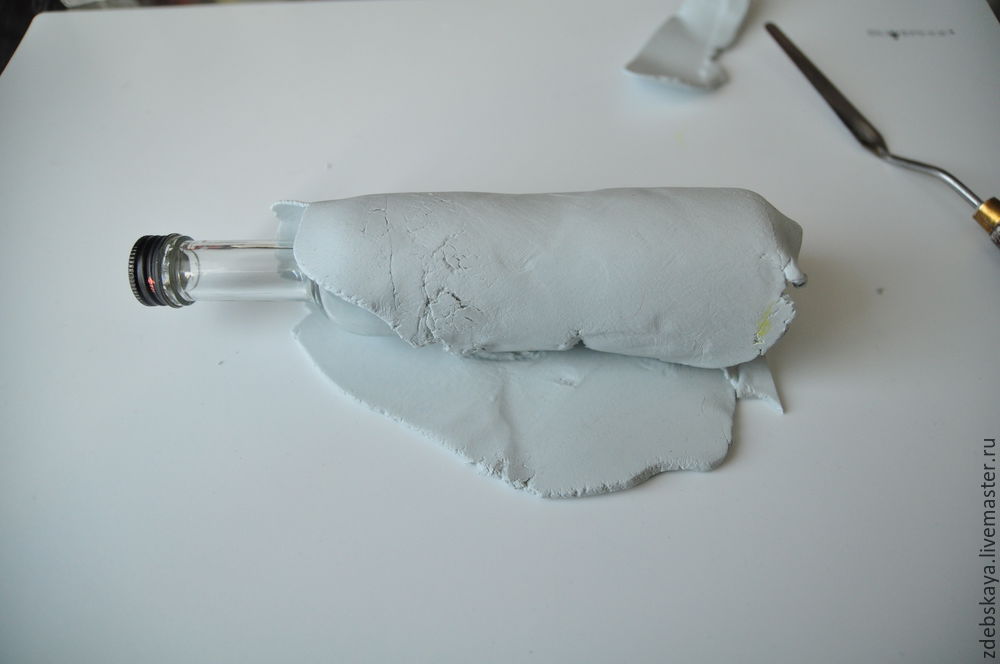 4. Then this bottle tortilla wrap.5. Excess tear off, cut and crush fingers, and then Roll the little bottle with the paste.
4. Then this bottle tortilla wrap.5. Excess tear off, cut and crush fingers, and then Roll the little bottle with the paste.

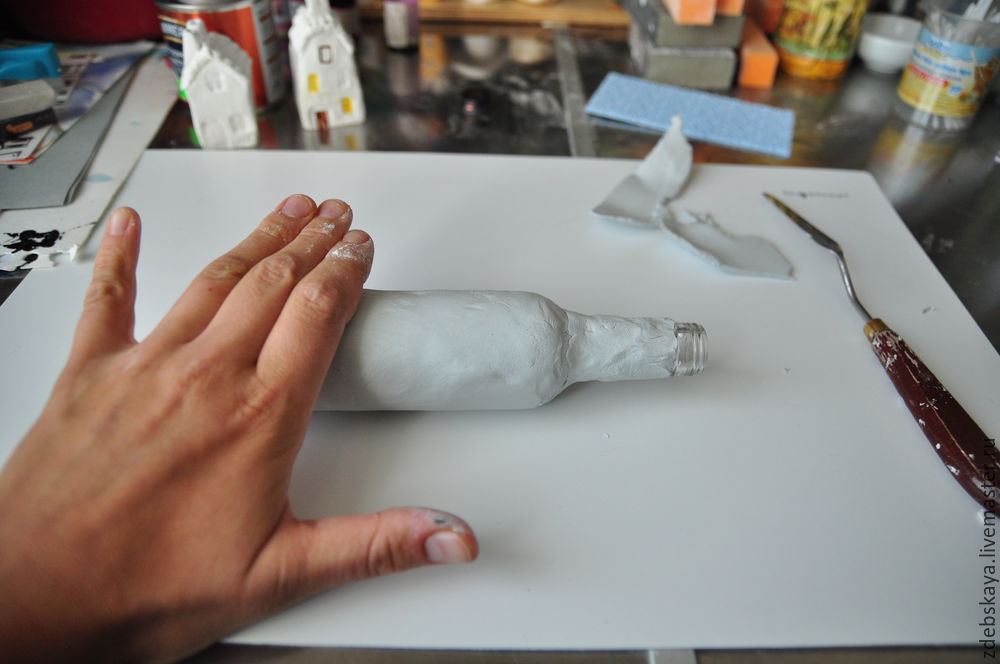 6. Then take the cap off the bottle, it will we do windows
6. Then take the cap off the bottle, it will we do windows 7. After forcing necessary to remove the paste – to dig, so to speak. How you do it does not matter, I do it with a palette knife.
7. After forcing necessary to remove the paste – to dig, so to speak. How you do it does not matter, I do it with a palette knife.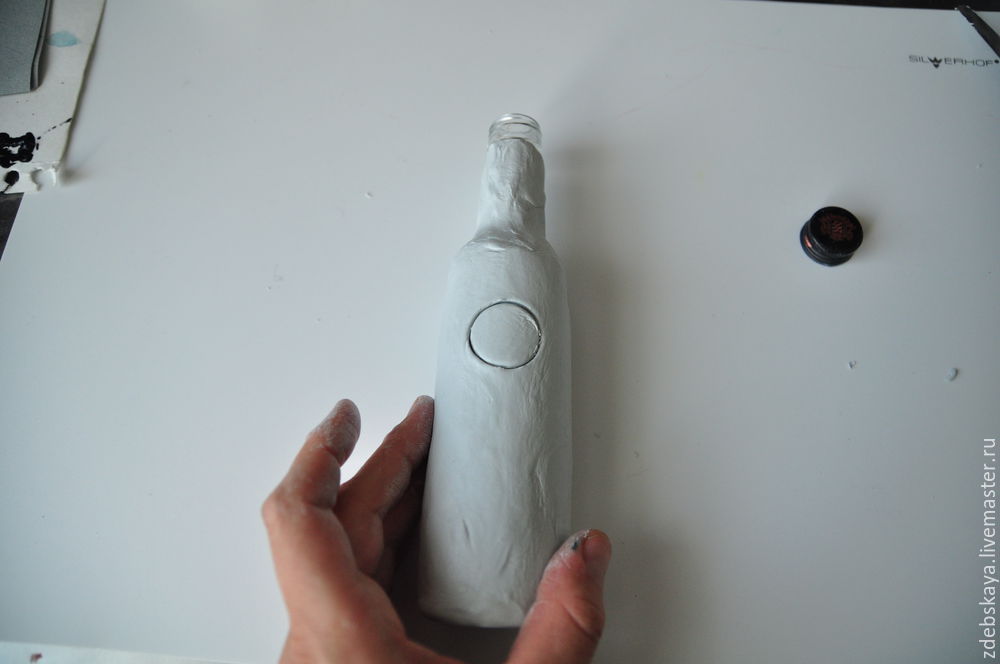
 8. Next, cut out the door. Well, the rest of the windows, and we get just such a thing:
8. Next, cut out the door. Well, the rest of the windows, and we get just such a thing: 9. The door, which cut not throw out. Her I decorate separately. You can do it in a different way, but directly in this bottle, I’m doing it!
9. The door, which cut not throw out. Her I decorate separately. You can do it in a different way, but directly in this bottle, I’m doing it! There is at my such things, they are not required, but doing the workplaces easier and more fun 🙂 Here I do not have photos, I laminated places the bottle on a blue plaque with floral ornament, and here was such a texture on the bottle itself. This time, I forgot to take pictures!
There is at my such things, they are not required, but doing the workplaces easier and more fun 🙂 Here I do not have photos, I laminated places the bottle on a blue plaque with floral ornament, and here was such a texture on the bottle itself. This time, I forgot to take pictures! 10. Then, my house shall be a roof. Her I do, forming a thick sausage and wrapped around the neck. Crush with your fingers, get the “mushroom hat”.
10. Then, my house shall be a roof. Her I do, forming a thick sausage and wrapped around the neck. Crush with your fingers, get the “mushroom hat”.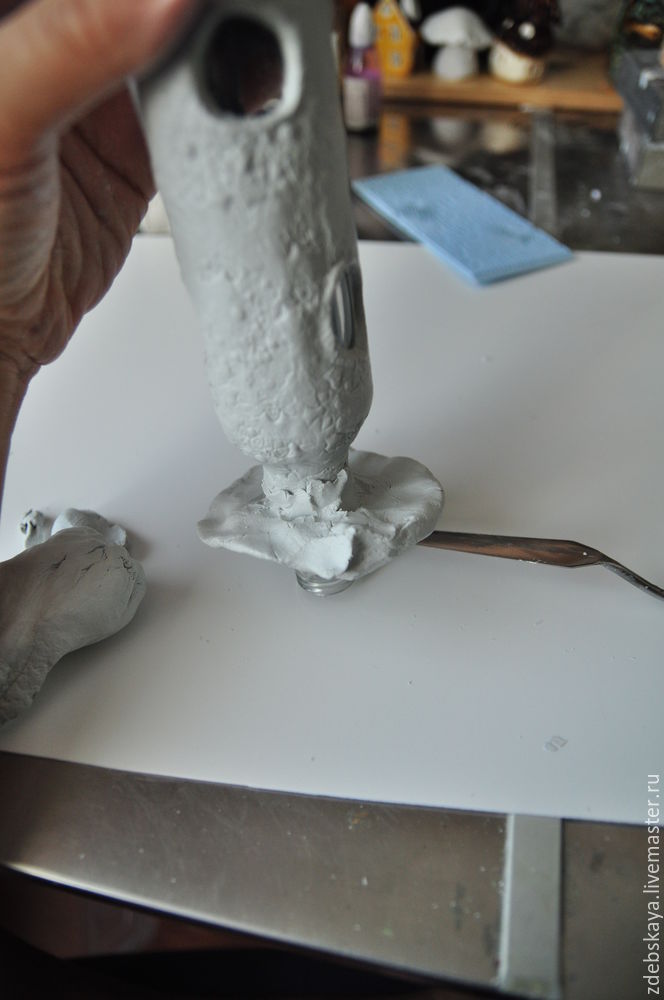 Hold your fingers, crush hat and bottom.
Hold your fingers, crush hat and bottom.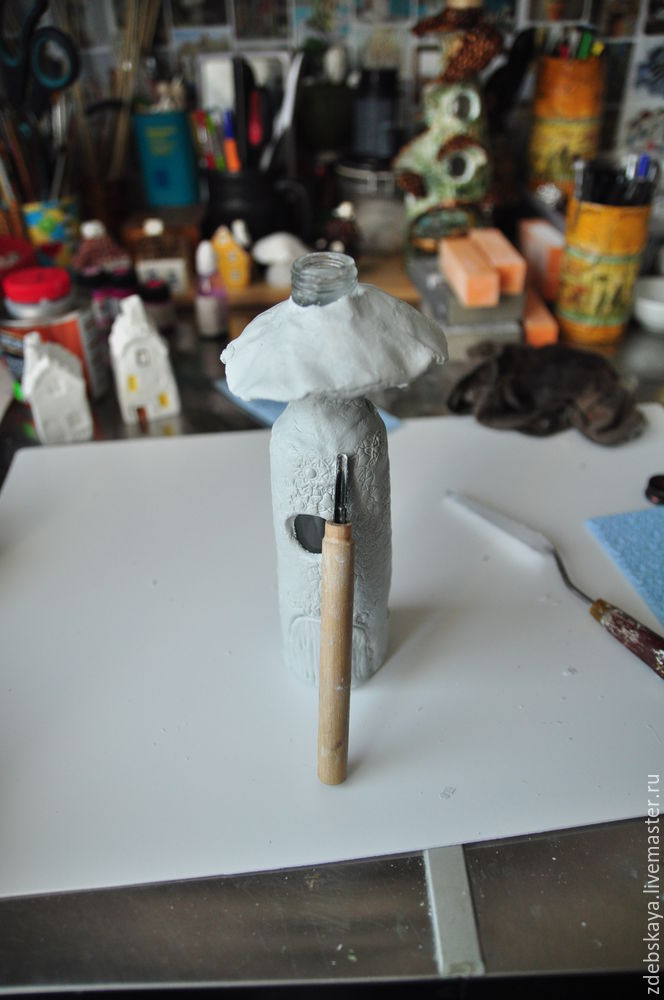 11. Then, take the tool, I have this tool on a tree, but I think that any angled do the task just as well. And start doing the roof. I will not describe, look at photos, I think it is clear that if the inquiry.
11. Then, take the tool, I have this tool on a tree, but I think that any angled do the task just as well. And start doing the roof. I will not describe, look at photos, I think it is clear that if the inquiry.


12. By the same principle do canopies over windows.
13. Next, I wanted to have this house were beams. The final project is not, therefore, do everything for the dictates of the heart!
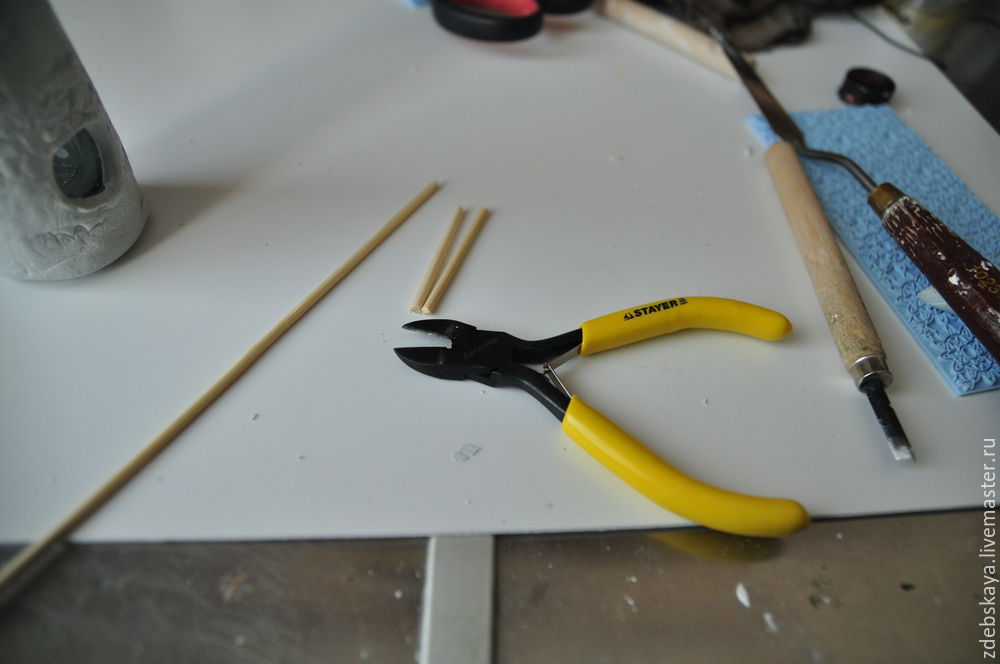 Chop a long stick on the beam, it is desirable that they were approximately equal, and stuck on the roof.
Chop a long stick on the beam, it is desirable that they were approximately equal, and stuck on the roof.
14. All are now allowed to dry for a day. It can be more. At first, until the paste dries, glances, some pasta pop very much. But then I tell you about methods of struggle with the cracked product location.
15. The evening of the second day, and I view the loss!
Here, one of the peaks in the window. To this end, I have liquid nails. visor attaching adhesive and pressed down. Checked, will hold a bang. Moreover, this adhesive can then be covered with paint.

 16. Excess adhesive remove. A further view, where there is a crack.
16. Excess adhesive remove. A further view, where there is a crack.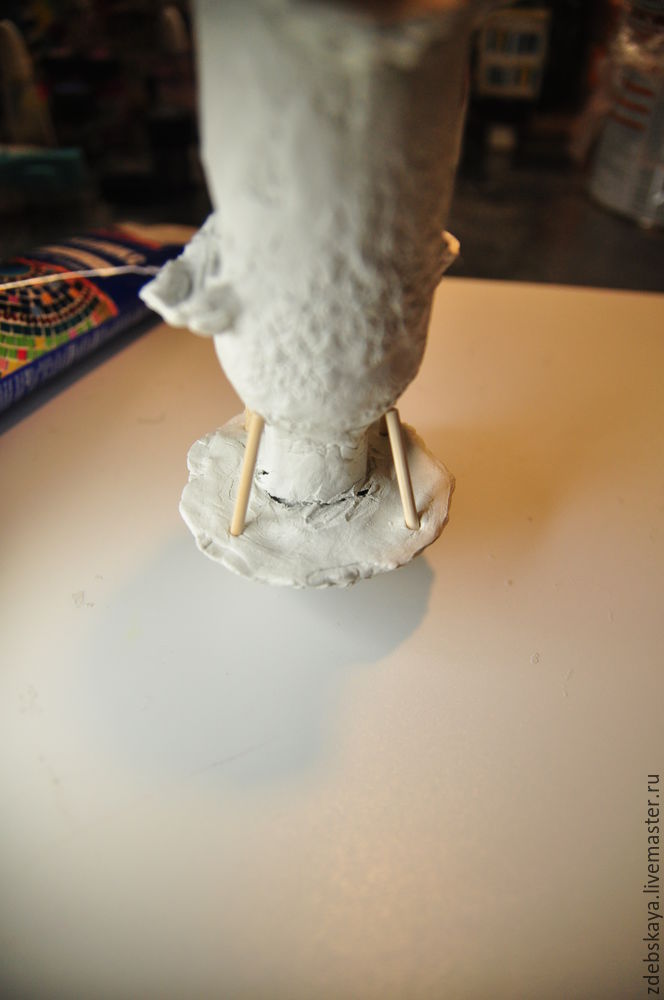
17. Here, it became clear that such defect should be clean. And we do it with latex filler. Because sometimes you have to put putty in remote places, I go it’s “shoving” syringe without a needle, of course, but it turns out very handy!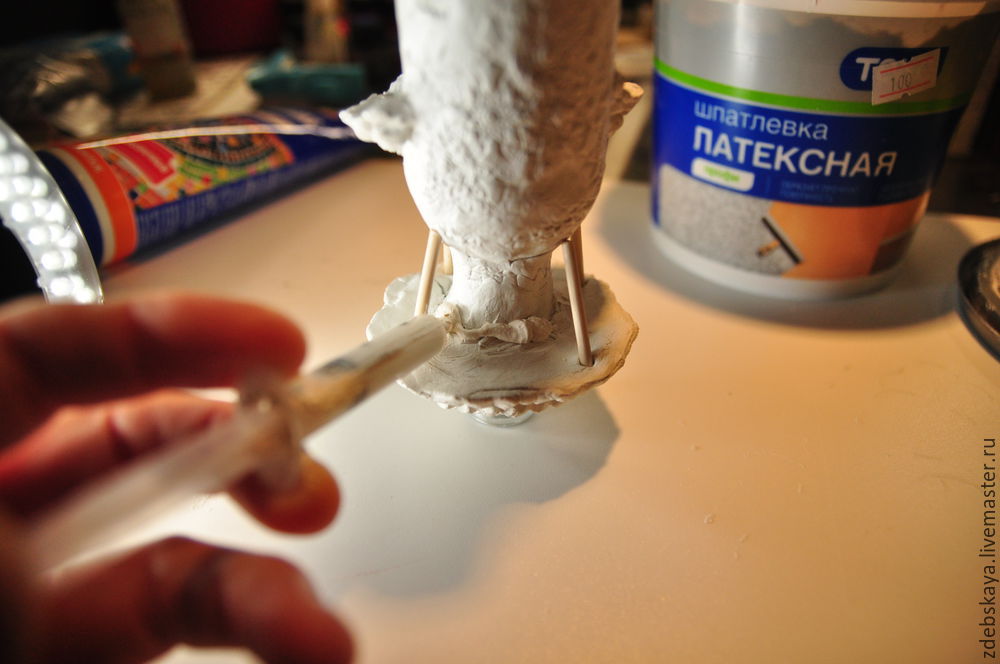
Then, crush fingers, smooth that came to hand, I have this latex paintbrush.
18. Stage primer. I’m a different soil house. At this time, I take a black ground. And proceed to the primer. Brush leaves the band, especially noticeable on large surfaces, so I bottle body sponge of soil and roof in a remote place with a brush, there are extra relief stripes – we are not a hindrance!

 We get an absolutely black bottle!
We get an absolutely black bottle!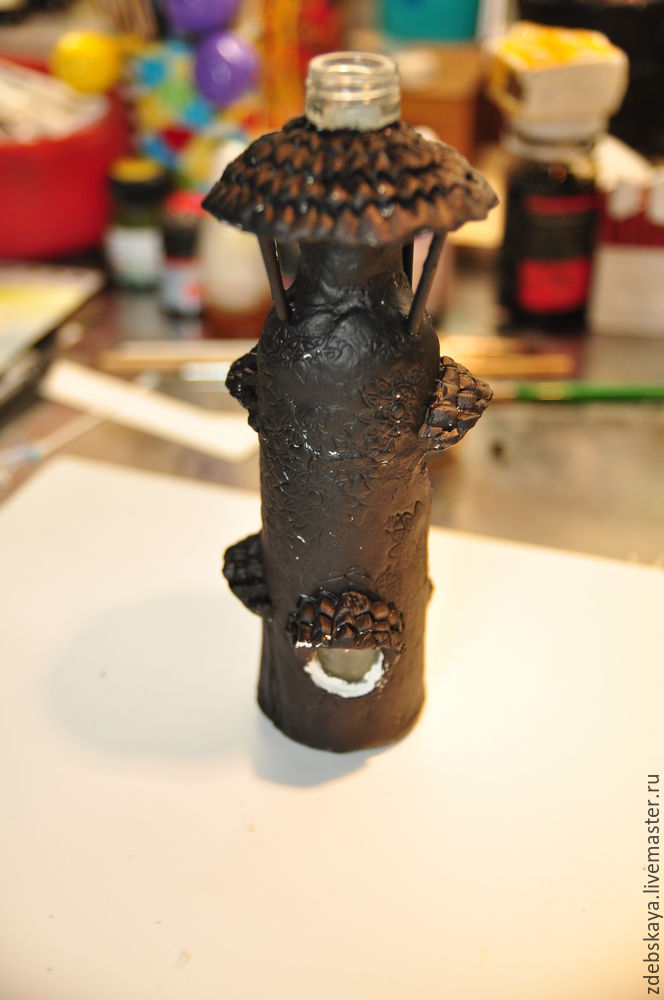 19. We continue to paint. Now I take just such a green acrylic. Acrylic dries quickly. While I paint, it dries on the brush, and not to run into the bathroom and wash the brush without end, leave them to soak in a jar of water, and the very next take the brush. So, the green paint. Solid is not painted, in some places, and it turns out:
19. We continue to paint. Now I take just such a green acrylic. Acrylic dries quickly. While I paint, it dries on the brush, and not to run into the bathroom and wash the brush without end, leave them to soak in a jar of water, and the very next take the brush. So, the green paint. Solid is not painted, in some places, and it turns out: 20. Then I put or render a surface, without rubbing white primer.
20. Then I put or render a surface, without rubbing white primer.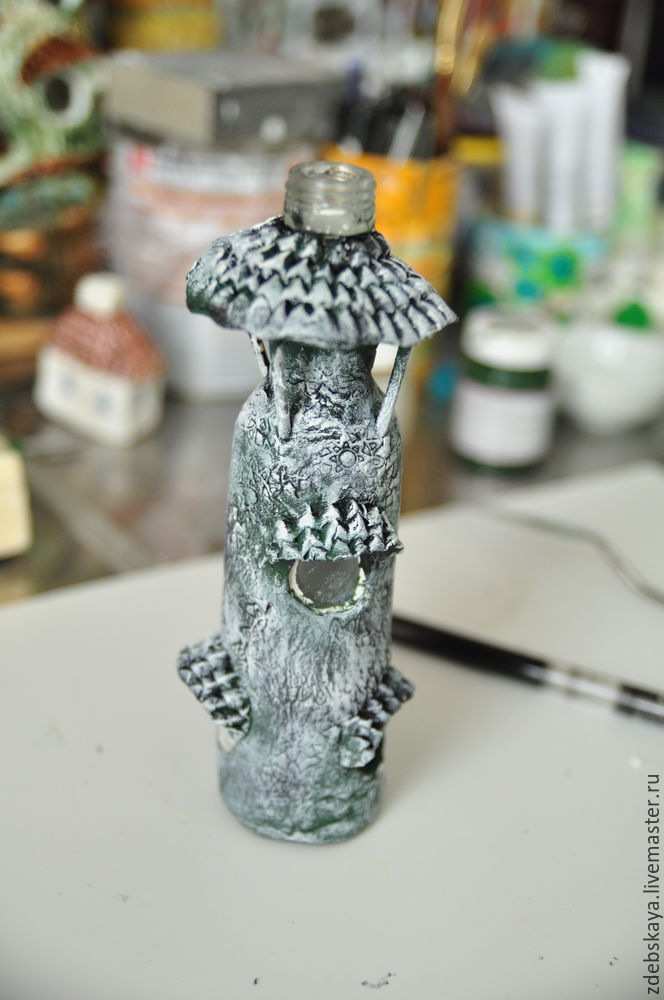 21. Coloring roof. They are red, you may have a different color.
21. Coloring roof. They are red, you may have a different color.
 22. Then take the bronze and thinly bronze acrylic, so that the apparent texture of the bottle. Excess paint on the brush palette and rented on any unnecessary piece of paper.
22. Then take the bronze and thinly bronze acrylic, so that the apparent texture of the bottle. Excess paint on the brush palette and rented on any unnecessary piece of paper.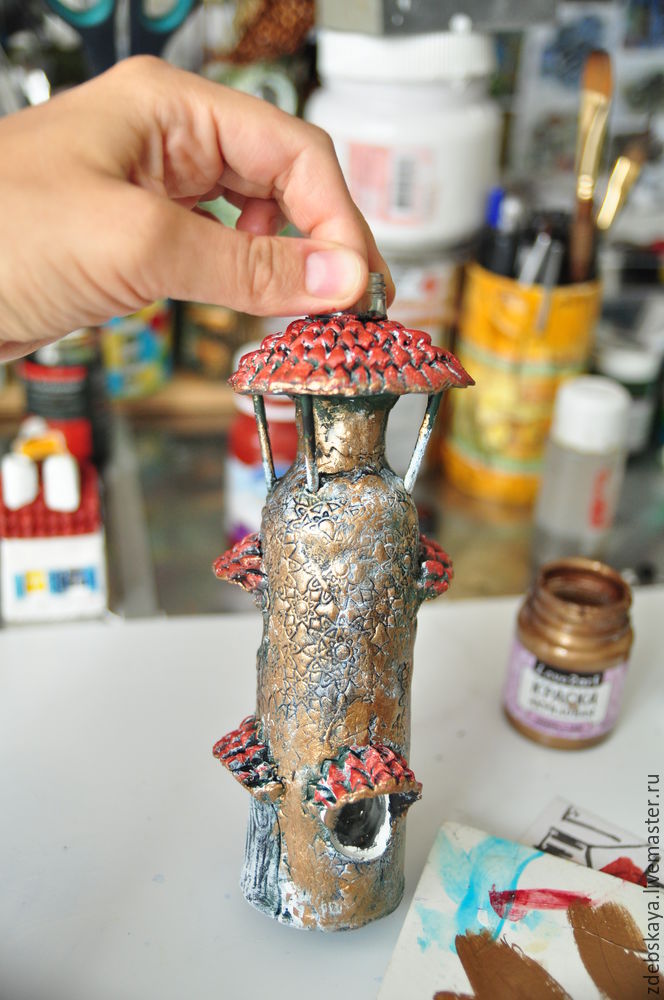 23. Now remember that the pipes in the house no. Ah … it is necessary to fix it! Bottle drying, lipid pipe. In a similar manner as a bottle. Just expand on masonry.
23. Now remember that the pipes in the house no. Ah … it is necessary to fix it! Bottle drying, lipid pipe. In a similar manner as a bottle. Just expand on masonry. 24. Then, take an old toothbrush and attach the texture of bricks … Well, can not they be smooth in our old fairy house!
24. Then, take an old toothbrush and attach the texture of bricks … Well, can not they be smooth in our old fairy house!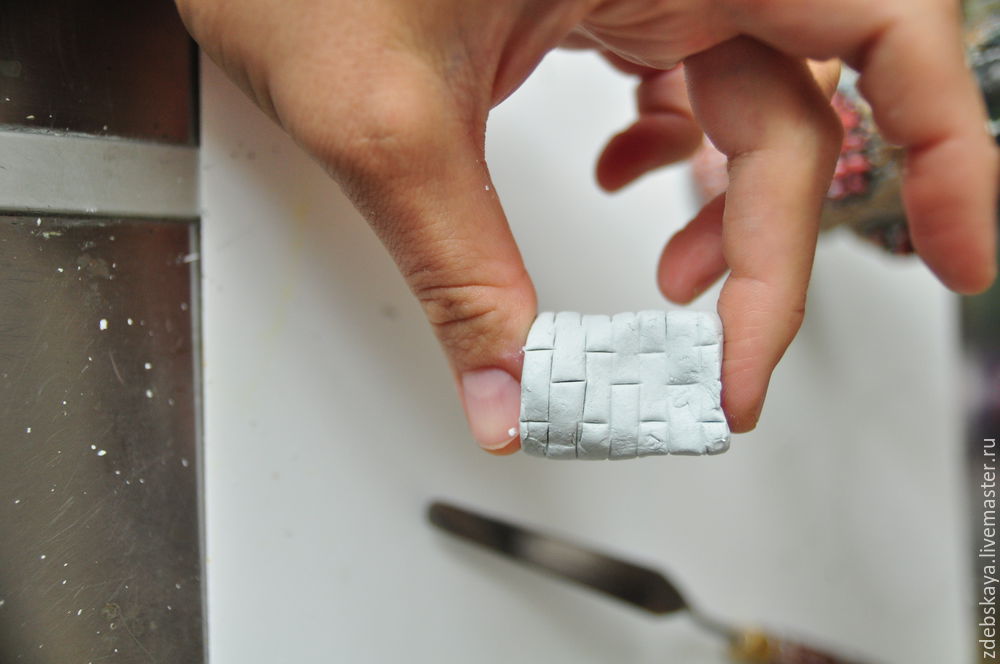
 Then try on pipe-stopper on the bottle and change in its sole discretion. I, for example, wanted her little “grimaced.” I have so much fun. It turns out this way.
Then try on pipe-stopper on the bottle and change in its sole discretion. I, for example, wanted her little “grimaced.” I have so much fun. It turns out this way. 25. Now take my favorite bitumen varnish. When I opened it the first time, he turns up his nose, saying that stinking of varnish is not met. And now nothing at all to me, and it does not smell that strange 🙂
25. Now take my favorite bitumen varnish. When I opened it the first time, he turns up his nose, saying that stinking of varnish is not met. And now nothing at all to me, and it does not smell that strange 🙂 26. I start from the top down, that is, from the roof. I put or render a varnish, and then take off the excess with a cloth, lightly feathered at the same time!
26. I start from the top down, that is, from the roof. I put or render a varnish, and then take off the excess with a cloth, lightly feathered at the same time!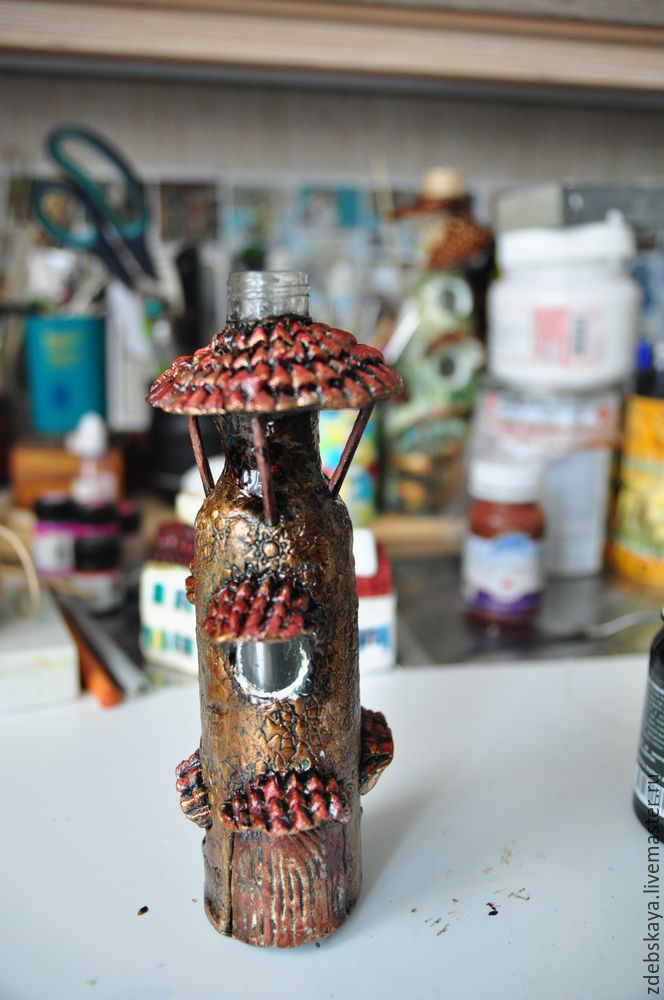
27. Leaving the bottle dry. Maybe the whole night, and I can get to it late at night.
28. toning pastels bottle, pick up the color I needed … and more!


29. Then take the cloth and rub clean excess pigment.
30. Then again taking bronze and allocate some space.
31. Then take the path and acrylic windows make the house. Circuit dries fairly quickly, but it is better to leave him alone for a few hours. And then spend it the line, and then when working with the product accidentally smashes … not tell how long it will go to fix 🙂

32. About the plug will not tell apart, it is clear that it passes all stages, as well as the bottle.
33. Then, the windows can be painted, and can be left as is, it is as you like 🙂 To paint the windows need a stained glass paint color that wishes your soul – the main thing that they were transparent.
34. cover the entire bottle of varnish or, as they say, professionals, reverse polish (I hearing this expression cuts, so everything is in a rural). And I leave it to dry for the time specified in the instructions.
 The varnish I take the tree. Look, I specially photographed icons in the lacquer. This paint does not smell. It’s important for me.
The varnish I take the tree. Look, I specially photographed icons in the lacquer. This paint does not smell. It’s important for me.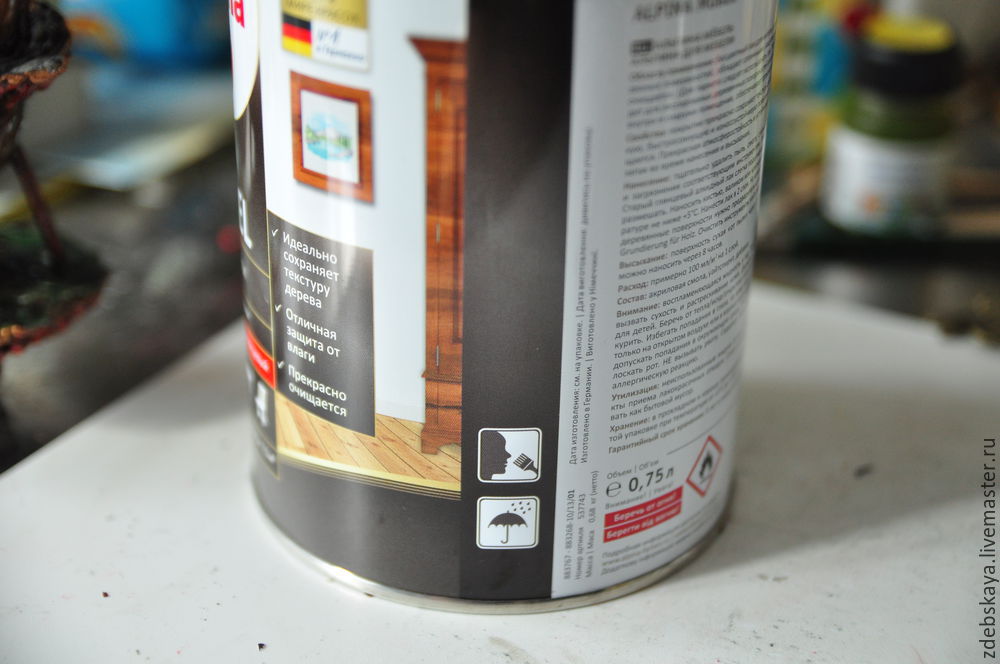 35. After drying varnish I stick to the leaf mounting adhesive. It keeps well and becomes transparent when dry. And best of all – an assessment of the result!
35. After drying varnish I stick to the leaf mounting adhesive. It keeps well and becomes transparent when dry. And best of all – an assessment of the result! 
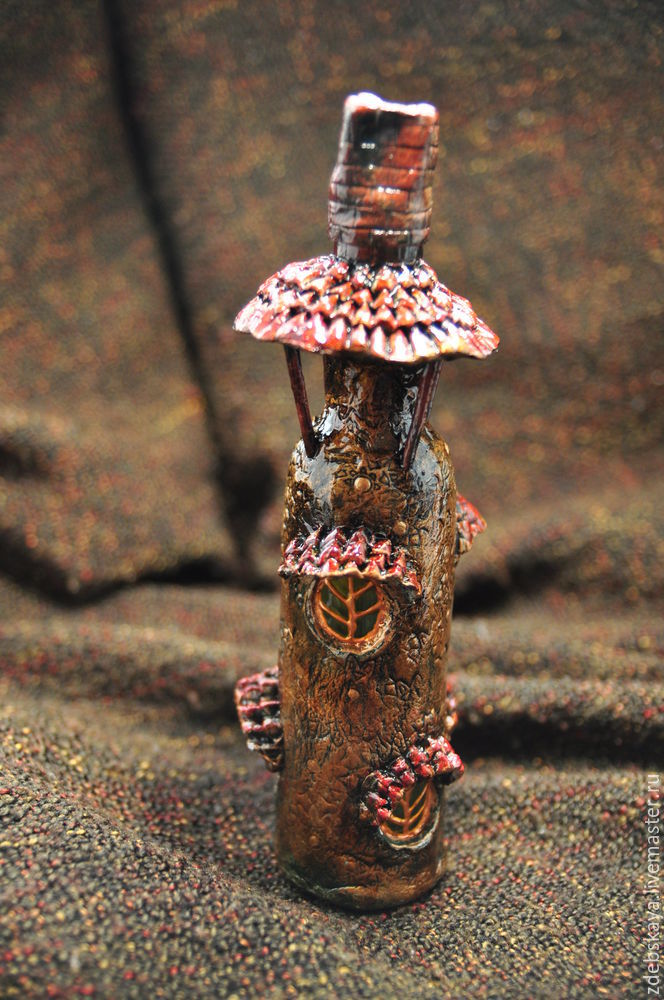 And as the light of the windows, when viewed against the light.
And as the light of the windows, when viewed against the light. I think if you are in trouble with the electronics, it is possible to come up with a small battery-powered light bulb, then the house will be light. And so, quite a functional bottle turned out. It is possible to pour something, well, a tube or roll a note 🙂
I think if you are in trouble with the electronics, it is possible to come up with a small battery-powered light bulb, then the house will be light. And so, quite a functional bottle turned out. It is possible to pour something, well, a tube or roll a note 🙂
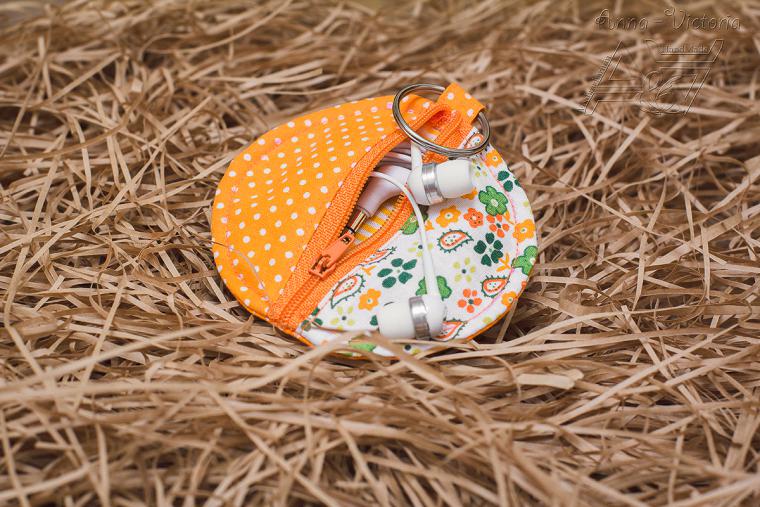



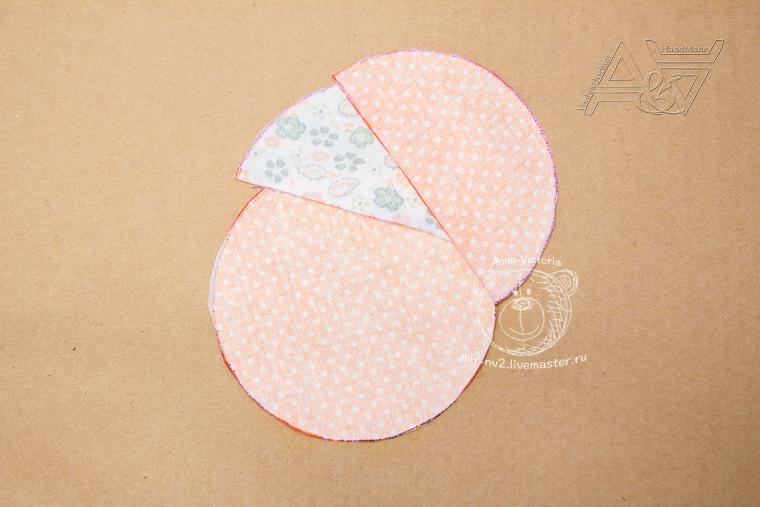


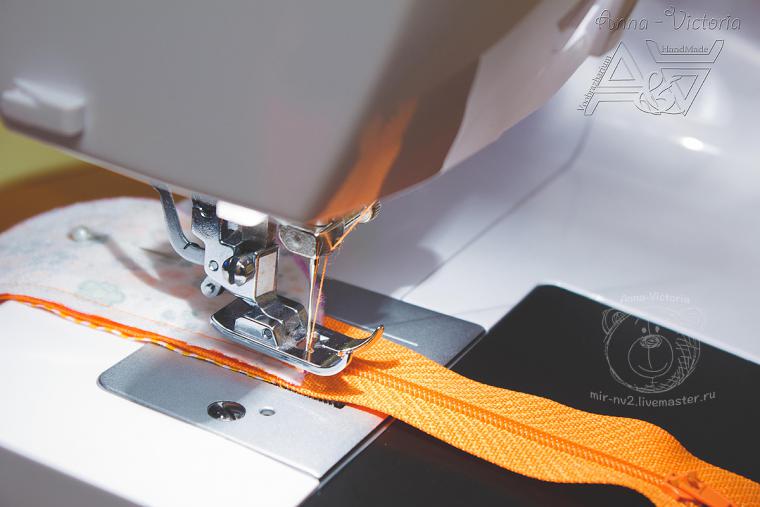

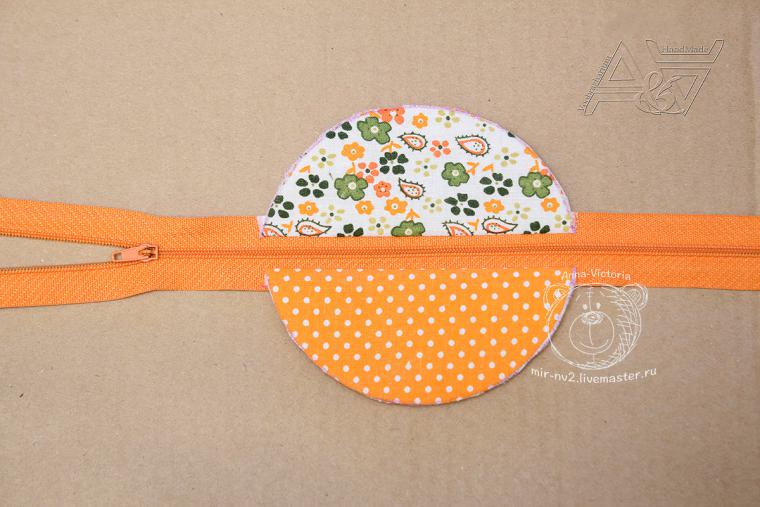
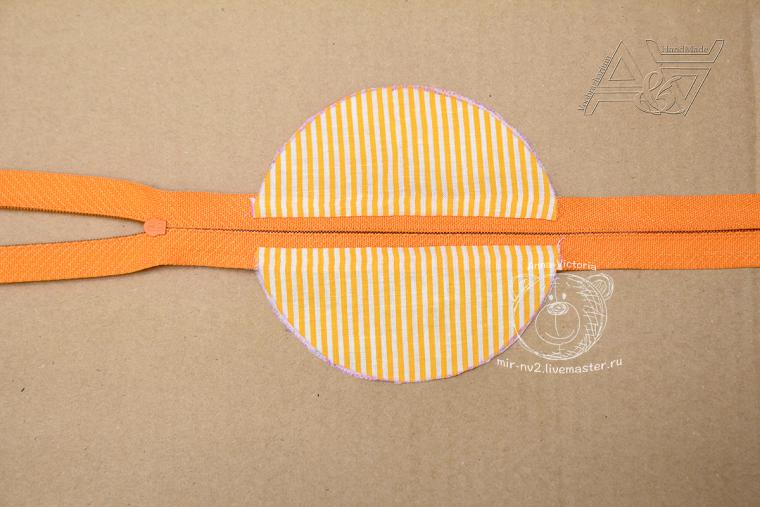





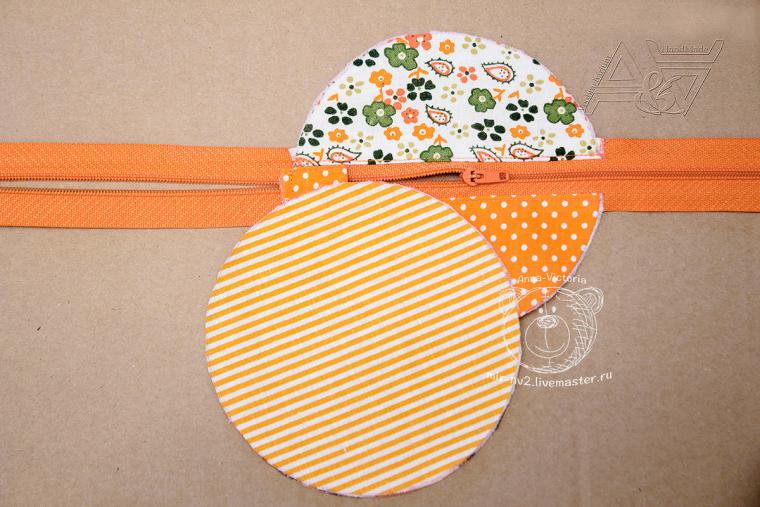
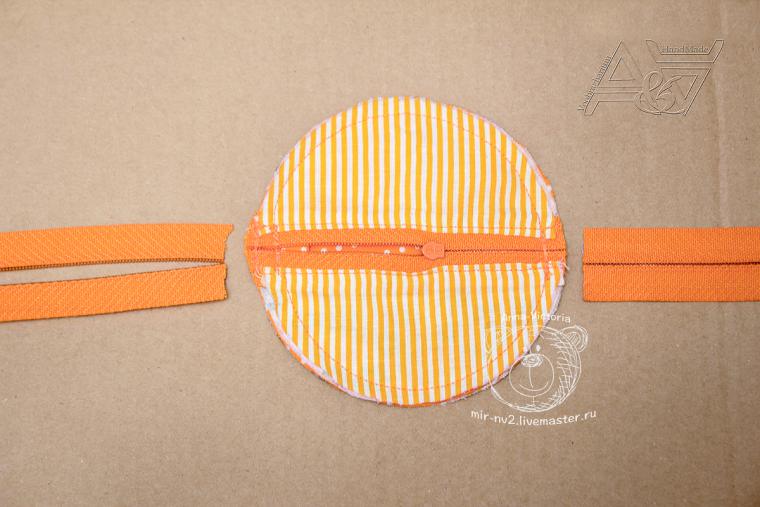
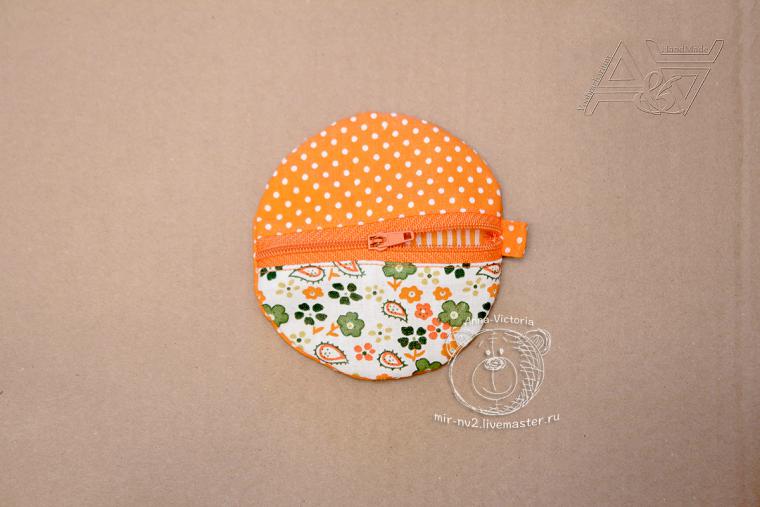
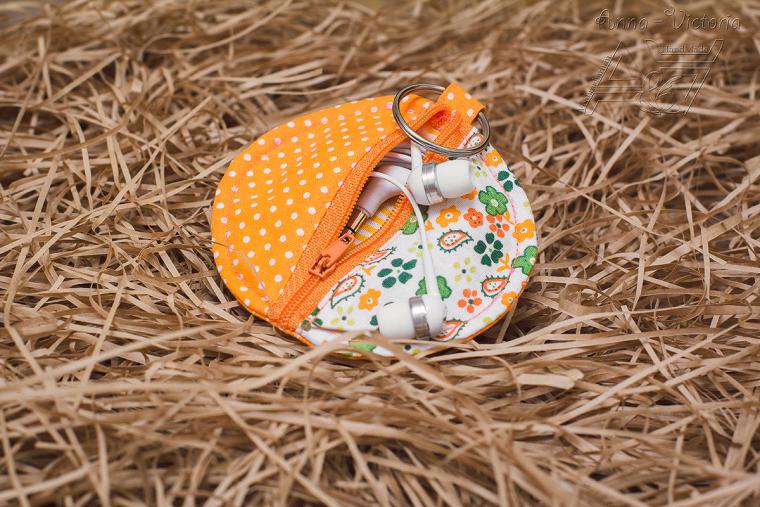



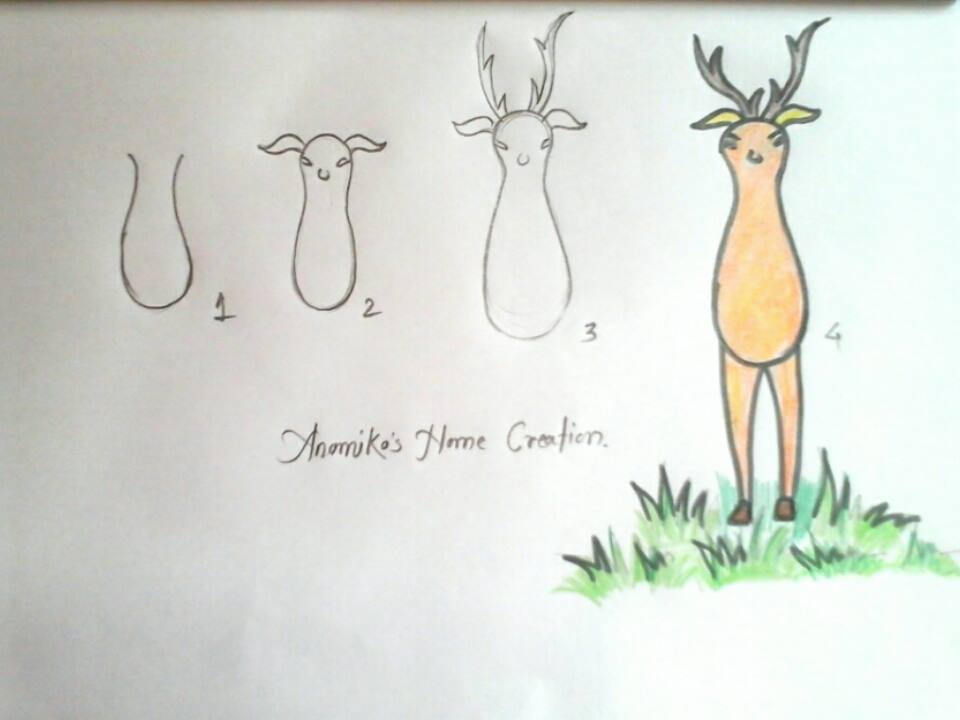
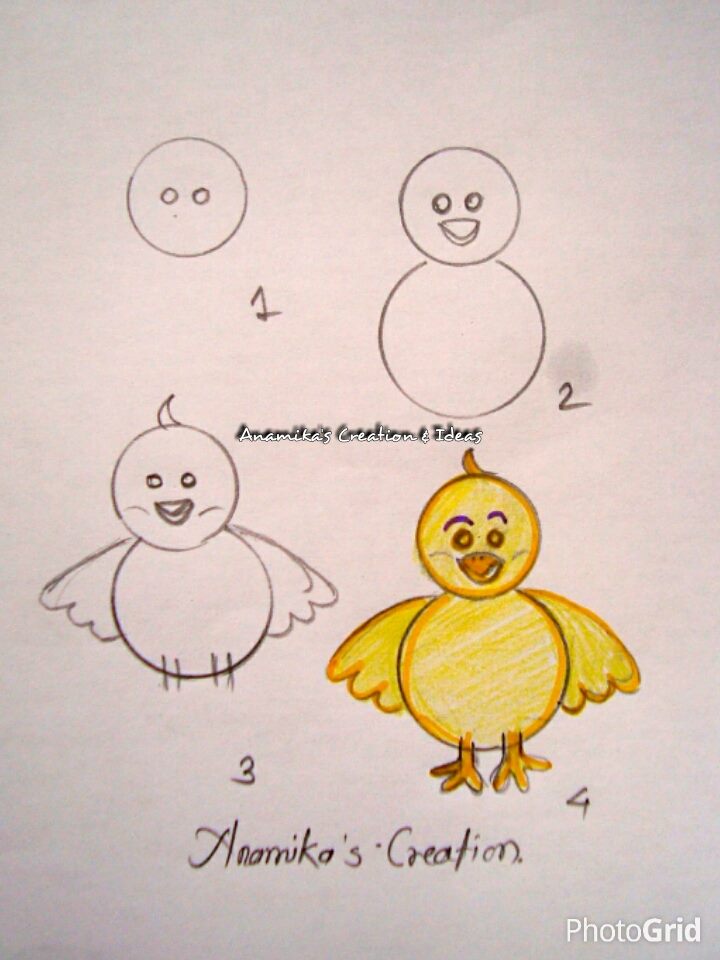

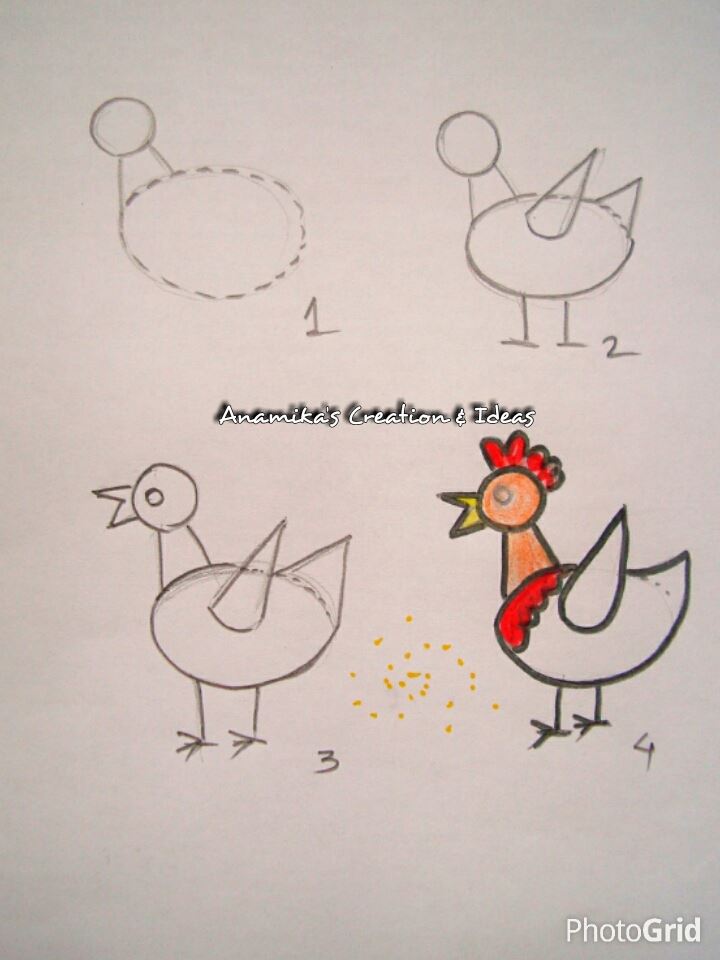
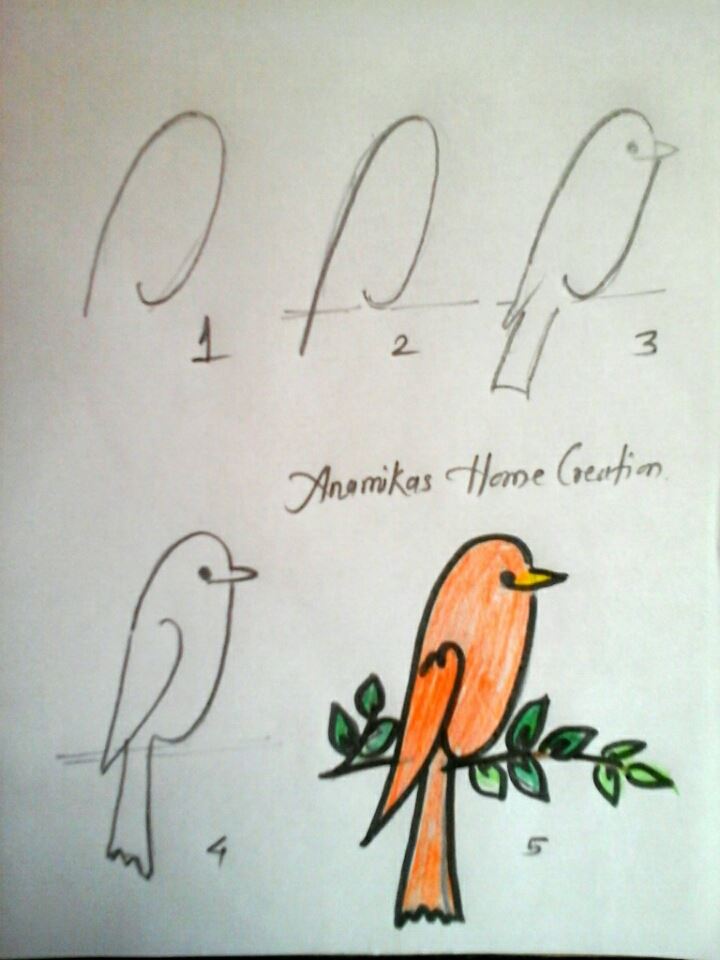




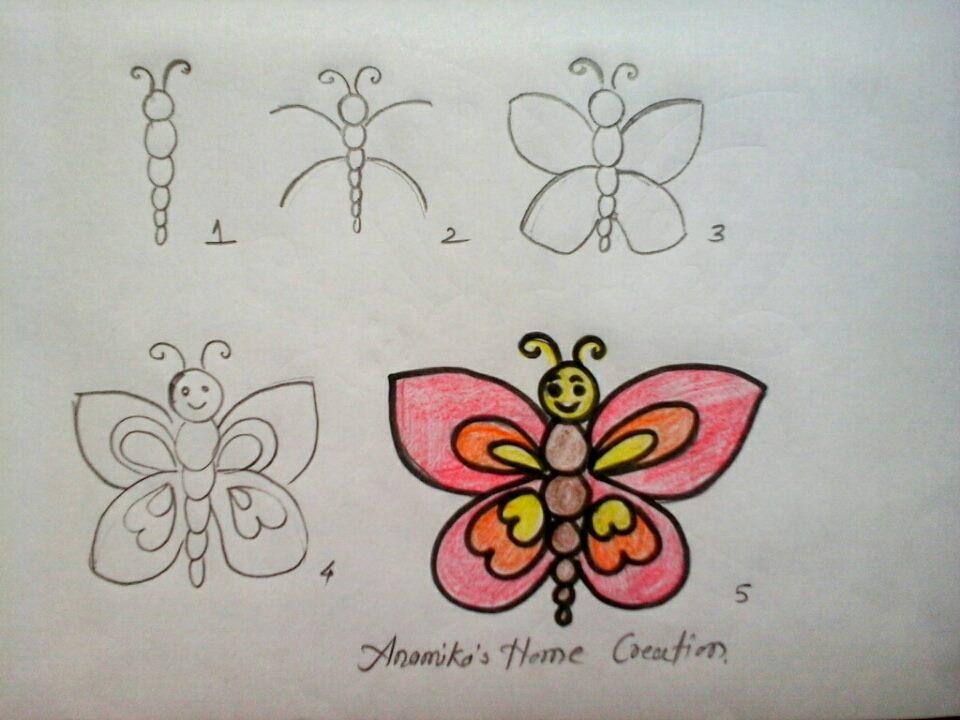
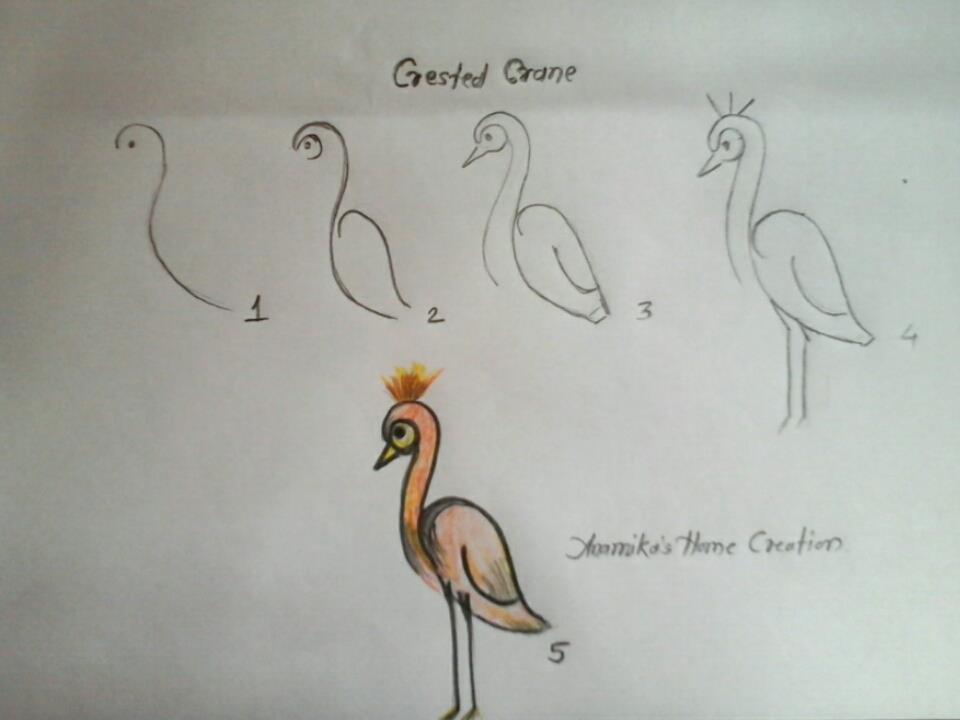

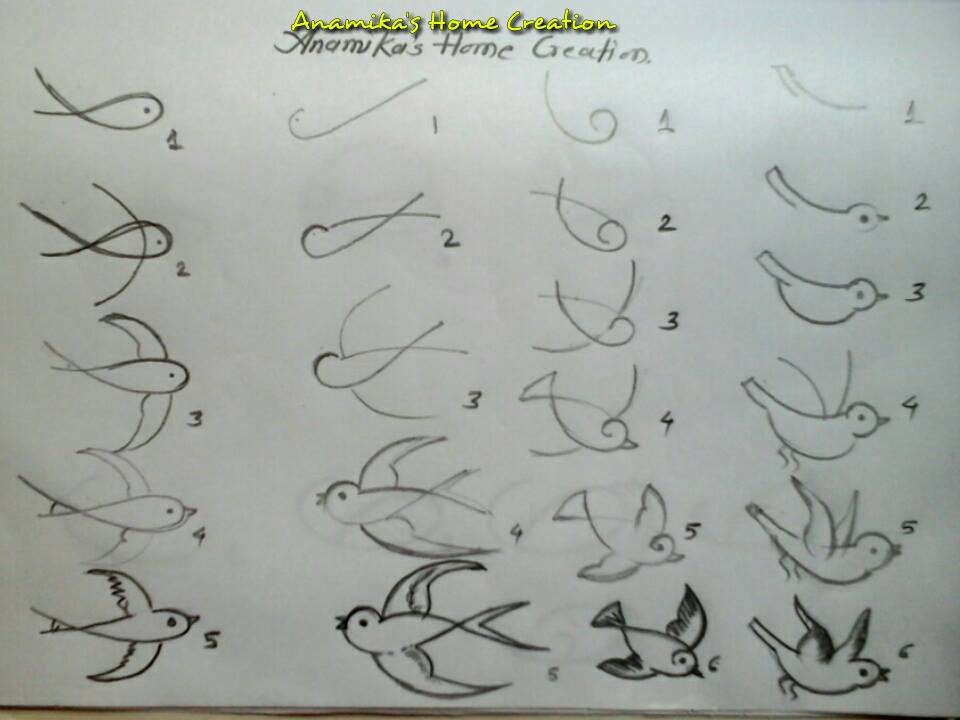

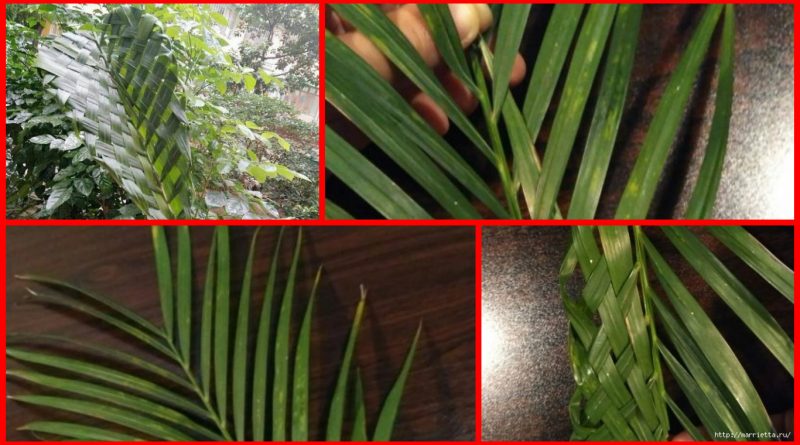









 I want to share with you the ideas of creating a good and original things for baby (and not only).
I want to share with you the ideas of creating a good and original things for baby (and not only). Cart was made by me earlier, so the picture is different cloth color.
Cart was made by me earlier, so the picture is different cloth color. If you want to cut all the material at once, and you have it long, then wound onto each strip in a separate tangle , for the convenience of further weaving.
If you want to cut all the material at once, and you have it long, then wound onto each strip in a separate tangle , for the convenience of further weaving. Woven one long braid, sew the ends to her following the fabric strip and continue to weave in a tight braid)
Woven one long braid, sew the ends to her following the fabric strip and continue to weave in a tight braid) To further cross-linking of the basket, too long braid (right of all material) weave is not necessary because it can interfere with cross-linking of the product, enough 2 meters, and for sure will have a desire to change the process.
To further cross-linking of the basket, too long braid (right of all material) weave is not necessary because it can interfere with cross-linking of the product, enough 2 meters, and for sure will have a desire to change the process.
 On the blue basket bottom diameter -30sm.
On the blue basket bottom diameter -30sm.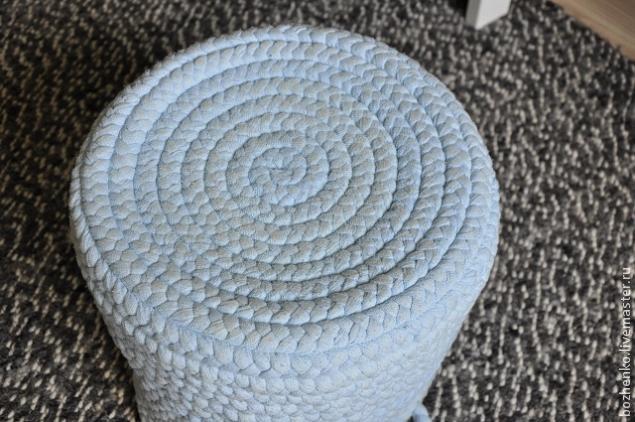 Gossip bottom of your desired diameter, start to lift the braid on the sidewall.
Gossip bottom of your desired diameter, start to lift the braid on the sidewall.
 Hooray! Shopping is ready!
Hooray! Shopping is ready!

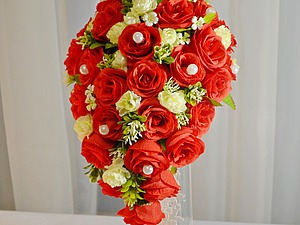

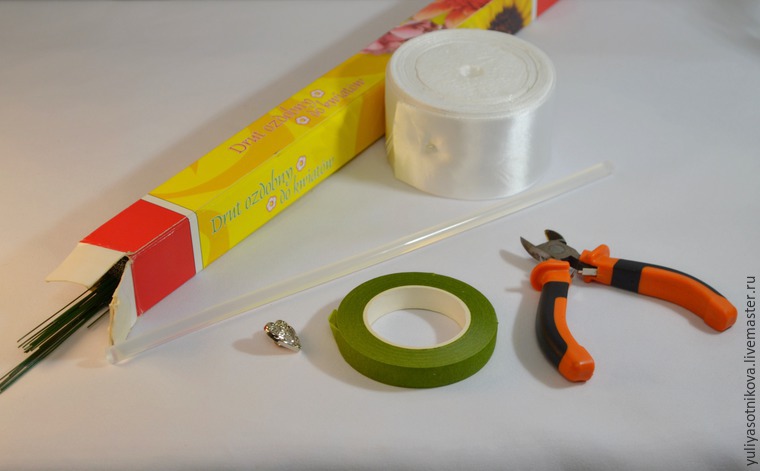
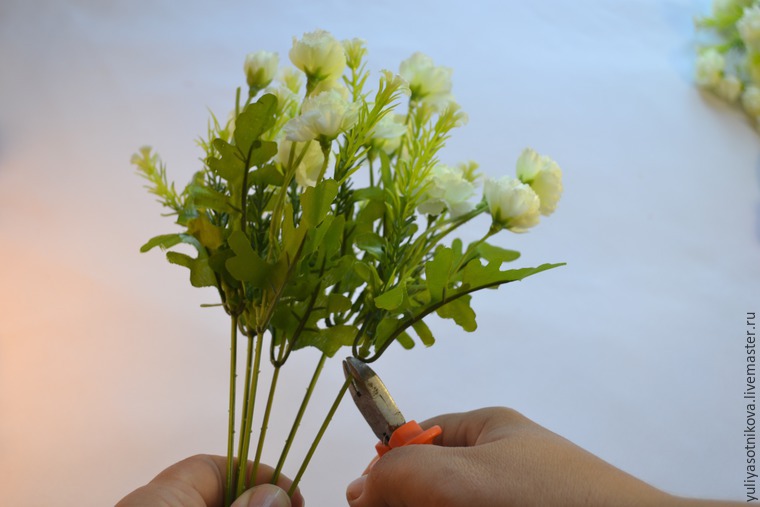
 Cut it into pieces, centimetre 4-5. Such pieces will need as much as the heads of roses we’ll use.
Cut it into pieces, centimetre 4-5. Such pieces will need as much as the heads of roses we’ll use. Next, we need to put on the head of the wire segments roses. To do this, we are on the tip of the wire we put a drop of glue and put on our roses. It looks as follows:
Next, we need to put on the head of the wire segments roses. To do this, we are on the tip of the wire we put a drop of glue and put on our roses. It looks as follows: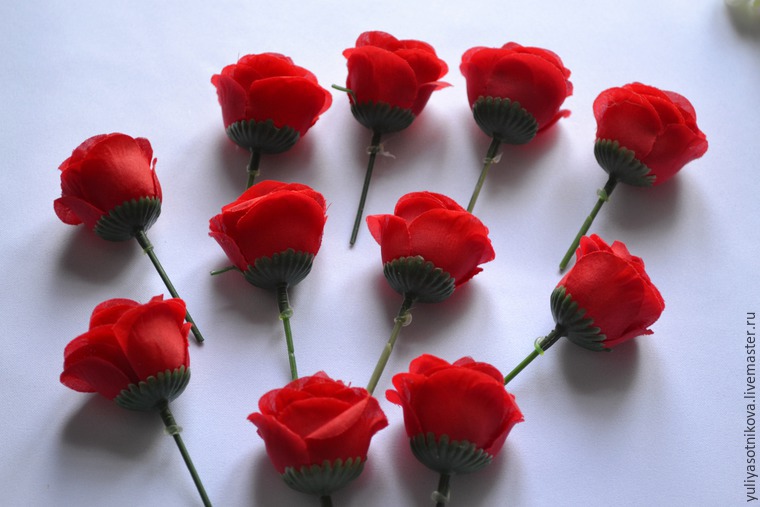 We continue to form stems. Take the wire and florist primate it to our legs so that the ends of the wires were down, prolonging the existing legs. In the same way we do with the rest of the flowers and greenery.
We continue to form stems. Take the wire and florist primate it to our legs so that the ends of the wires were down, prolonging the existing legs. In the same way we do with the rest of the flowers and greenery.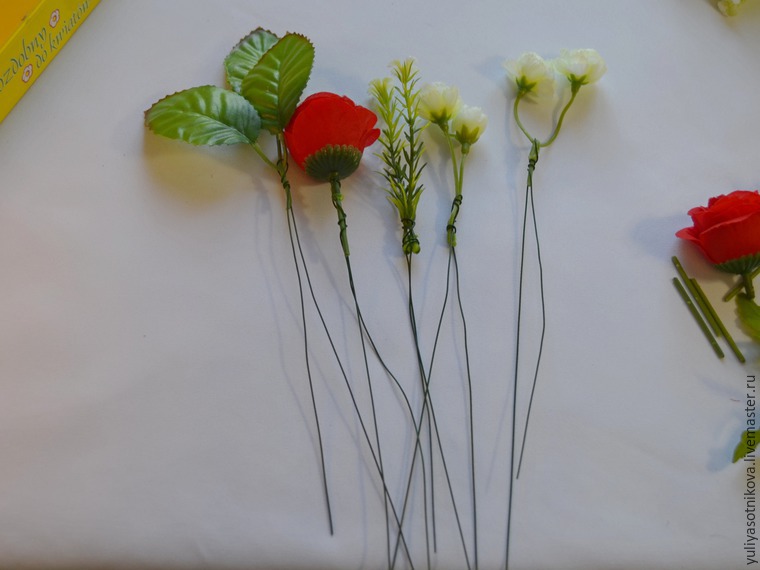 Now we need to wire propitiate. To do this, take the tape and from top to bottom, a little stretching her tight and carefully amalgamate she ends our wire. That’s legs and ready. At first glance, someone who has not worked in the technique of taping, the process may seem long, but when “the hand is already packed,” it is done quickly.
Now we need to wire propitiate. To do this, take the tape and from top to bottom, a little stretching her tight and carefully amalgamate she ends our wire. That’s legs and ready. At first glance, someone who has not worked in the technique of taping, the process may seem long, but when “the hand is already packed,” it is done quickly.
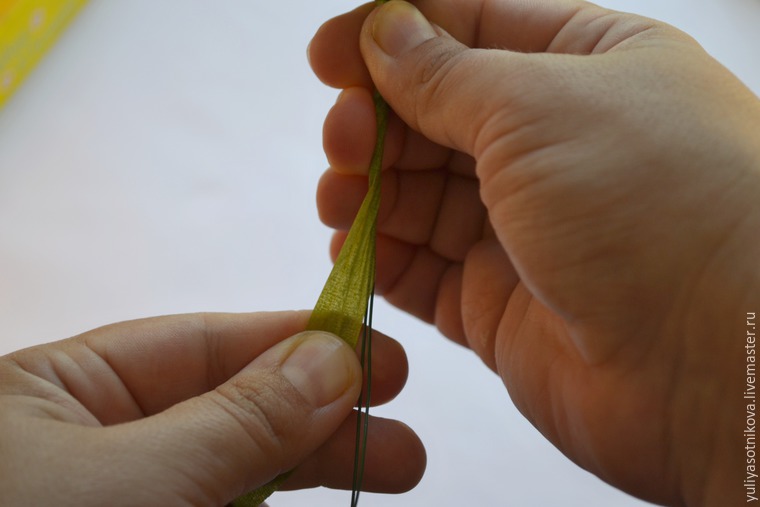
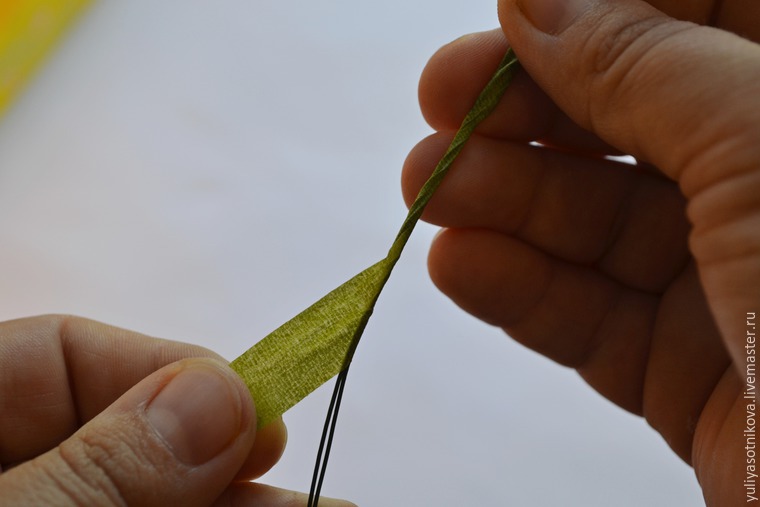
 Now you are ready to assemble. Take one at the flower and begin to put them together to form a “cap” of the bouquet.
Now you are ready to assemble. Take one at the flower and begin to put them together to form a “cap” of the bouquet. It is better to do so: lay down a few stalks, tap-recorded tape. Then added another and again recorded.
It is better to do so: lay down a few stalks, tap-recorded tape. Then added another and again recorded. So we continue to put a flower in the flower, alternating red and white and adding a small green, trying to give the bouquet shape of a hemisphere.
So we continue to put a flower in the flower, alternating red and white and adding a small green, trying to give the bouquet shape of a hemisphere.
 Here it was possible to stay and start to decorate the handle of the bouquet, but as he we should be cascaded, we will form a part of its drop down. To do this, take in hand a rose, then, below (below the height of the head), are putting two other roses. Below them three pieces. In between, do not forget to insert a carnation and greens. And since several rows depending on how long we want to make the cascade. In form it resembles a Christmas tree.
Here it was possible to stay and start to decorate the handle of the bouquet, but as he we should be cascaded, we will form a part of its drop down. To do this, take in hand a rose, then, below (below the height of the head), are putting two other roses. Below them three pieces. In between, do not forget to insert a carnation and greens. And since several rows depending on how long we want to make the cascade. In form it resembles a Christmas tree.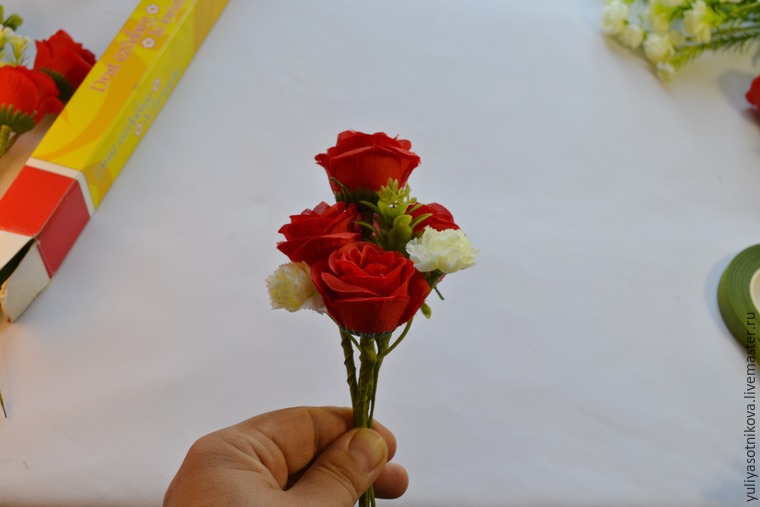
 Next, you need to connect the top and bottom of the bouquet. To do this, we bending the lower part and are putting it to the top so that together they constituted a single unit. We fix tap-tape.
Next, you need to connect the top and bottom of the bouquet. To do this, we bending the lower part and are putting it to the top so that together they constituted a single unit. We fix tap-tape.


 Now start to decorate the stem of the bouquet. First, on the edges of the leaves of roses surrounded by cushioning the foot and again fix tap-tape.
Now start to decorate the stem of the bouquet. First, on the edges of the leaves of roses surrounded by cushioning the foot and again fix tap-tape. Satin ribbon width 4 cm cut into 8 pieces of 10-12 cm. Each leg folded in half are bent, as shown in the photo and fix with glue.
Satin ribbon width 4 cm cut into 8 pieces of 10-12 cm. Each leg folded in half are bent, as shown in the photo and fix with glue. These blanks around the perimeter of foot paste bouquet.
These blanks around the perimeter of foot paste bouquet.
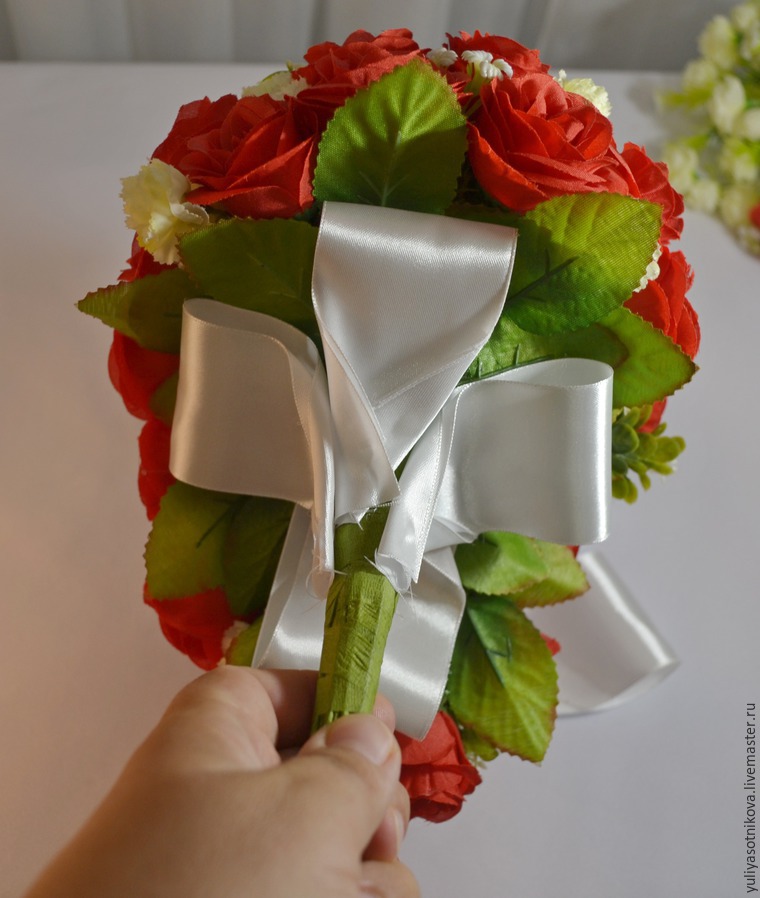
 Determine how long we want to leave the leg and cut the excess stems clippers. Again, fix their tap-tape.
Determine how long we want to leave the leg and cut the excess stems clippers. Again, fix their tap-tape. Then decorate the leg across the length of the ribbon width of 2.5 cm.
Then decorate the leg across the length of the ribbon width of 2.5 cm.


 In the centre of some of the glue in beads roses. On foot, the top we tie or glue lace ribbon and decorate with decorative buttons.
In the centre of some of the glue in beads roses. On foot, the top we tie or glue lace ribbon and decorate with decorative buttons.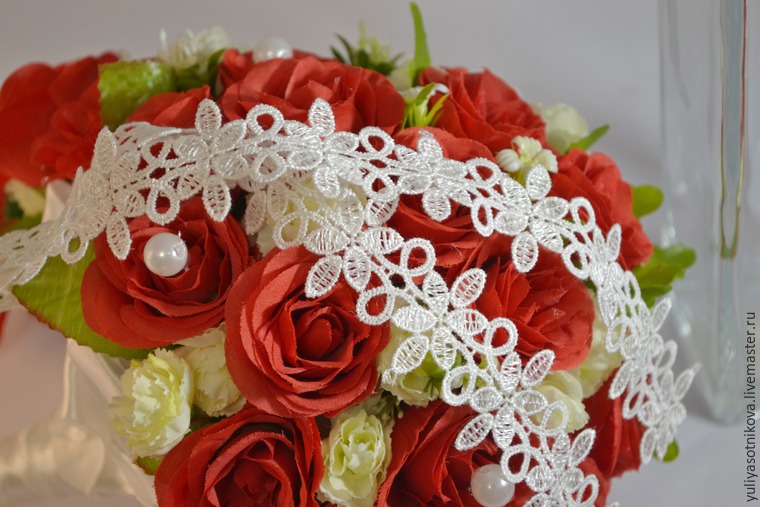

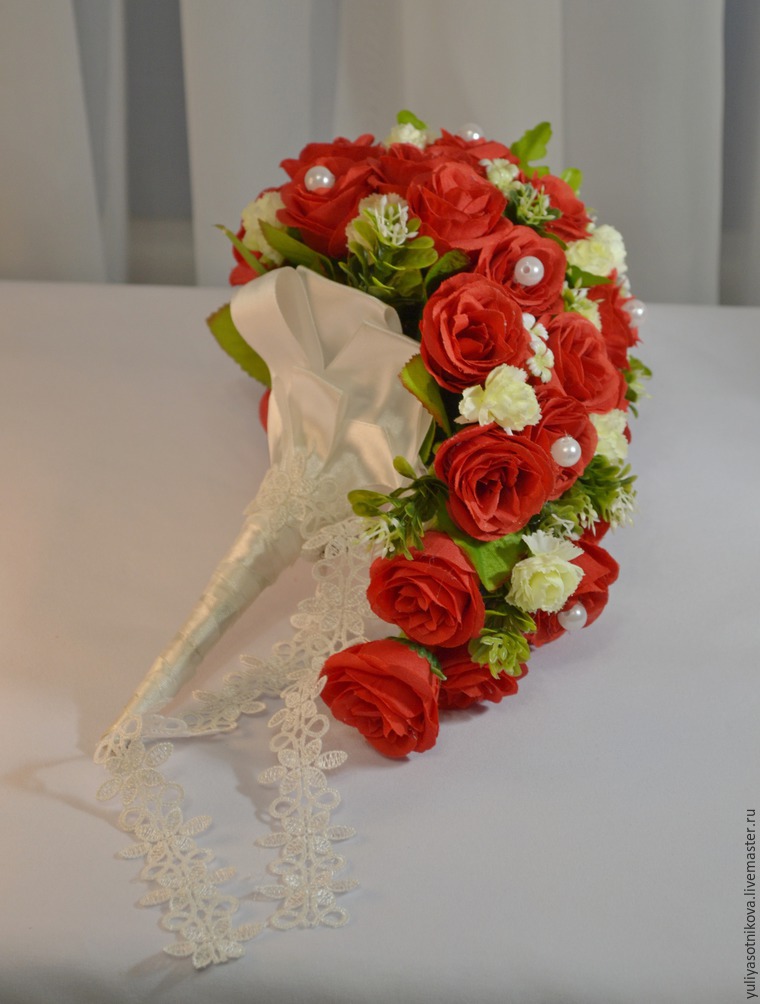 Well that’s all, our bouquet is ready! If my master class you like, or you find it for yourself something useful, please click ‘like’, because he is involved in the competition.
Well that’s all, our bouquet is ready! If my master class you like, or you find it for yourself something useful, please click ‘like’, because he is involved in the competition.
 After adding olive green clay.
After adding olive green clay.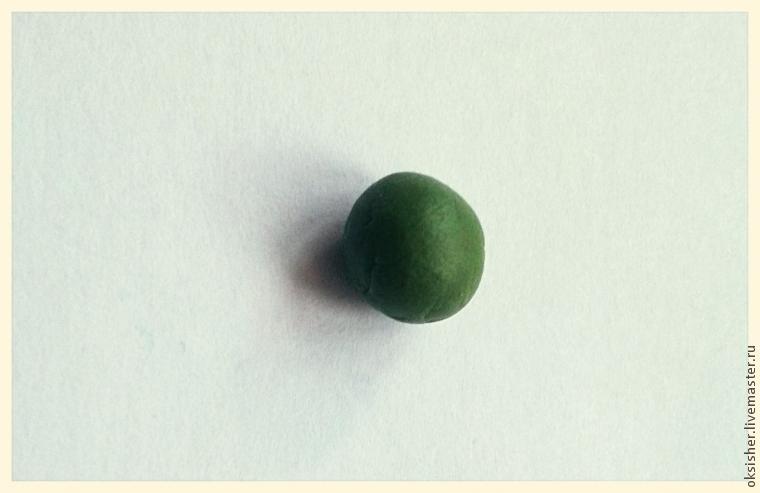 Adding it so much that in the end turned out here that color as celadon.
Adding it so much that in the end turned out here that color as celadon.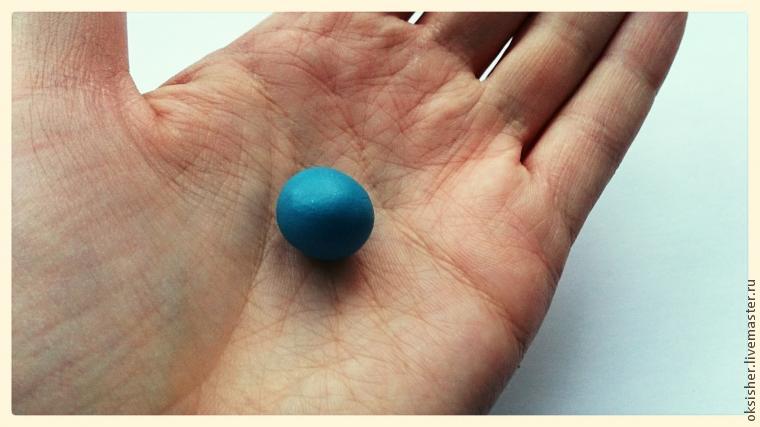 Take the metal framework for earrings and get the ball.
Take the metal framework for earrings and get the ball.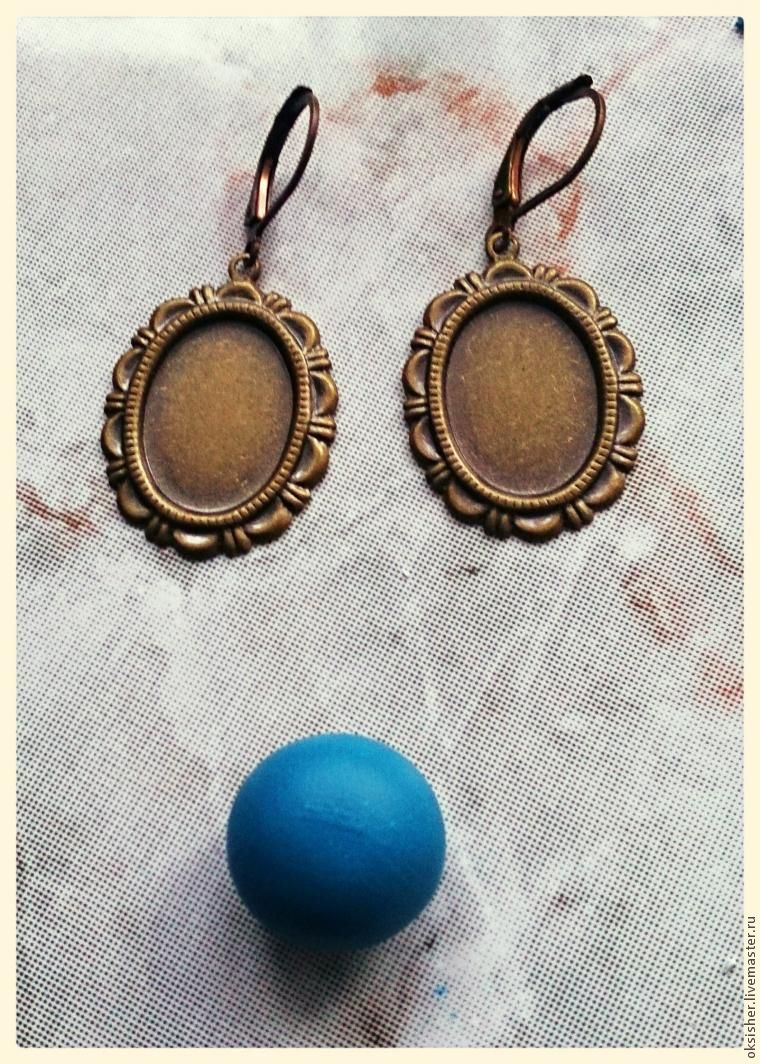 Now we need to share our ball exactly in half. To do this, we perform with a scoop of the following manipulations:
Now we need to share our ball exactly in half. To do this, we perform with a scoop of the following manipulations:

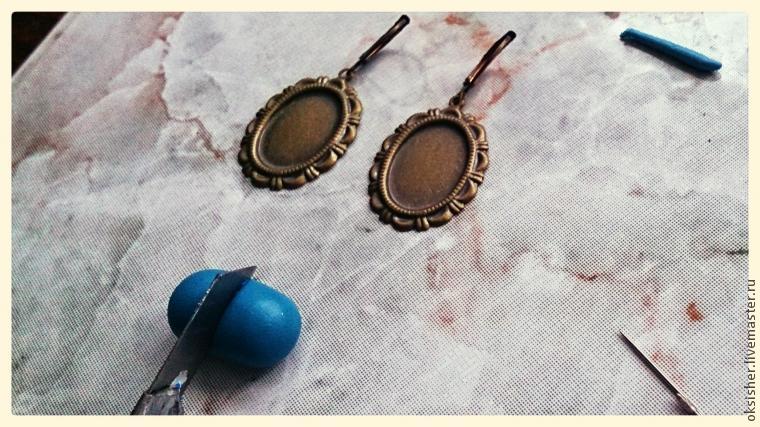 The resulting halves of the roll into two balls.
The resulting halves of the roll into two balls.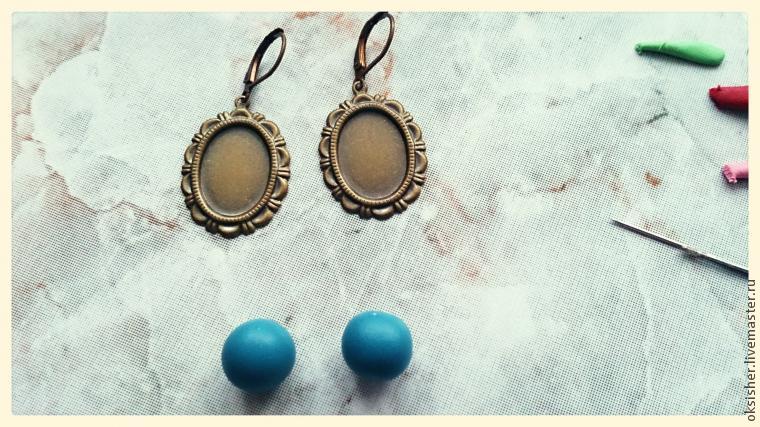
 Take the base with clay, the clay is pressed down the middle of the palm (where there is a small depression) and was equal to our clay finger on the edges of the frame (if necessary, crushing and rubbing a finger).
Take the base with clay, the clay is pressed down the middle of the palm (where there is a small depression) and was equal to our clay finger on the edges of the frame (if necessary, crushing and rubbing a finger).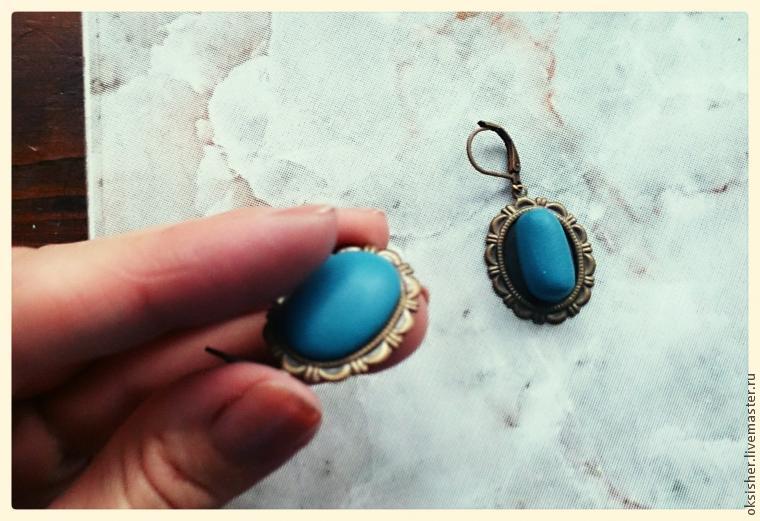 It is important to make sure that the clay is even across the surface of the setting.
It is important to make sure that the clay is even across the surface of the setting. It is important to make sure that the clay is even across the surface of the setting.
It is important to make sure that the clay is even across the surface of the setting.
 I have prepared in advance such sausages we need colors.
I have prepared in advance such sausages we need colors.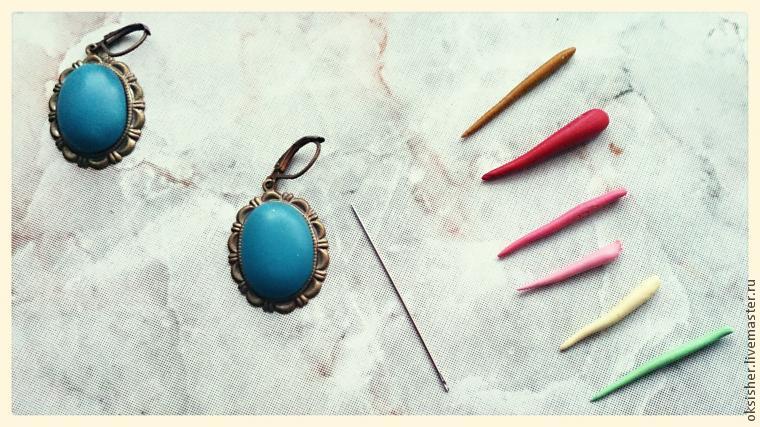 Take the needle green, in an amount such that it was possible to roll a thin sausage for the longest branches of our “flowers of the tree.”
Take the needle green, in an amount such that it was possible to roll a thin sausage for the longest branches of our “flowers of the tree.”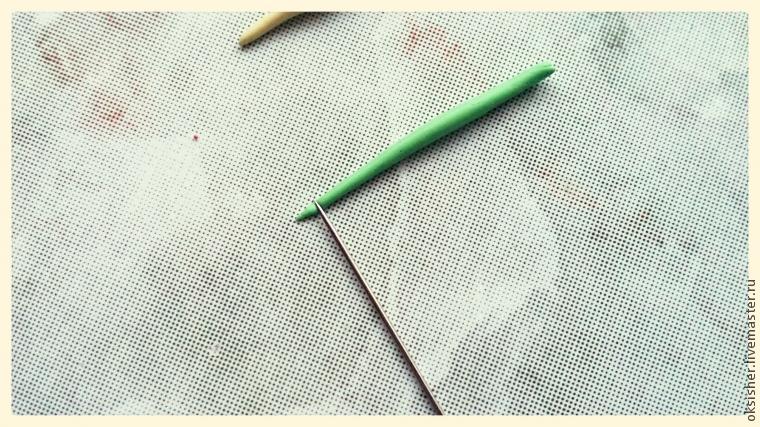
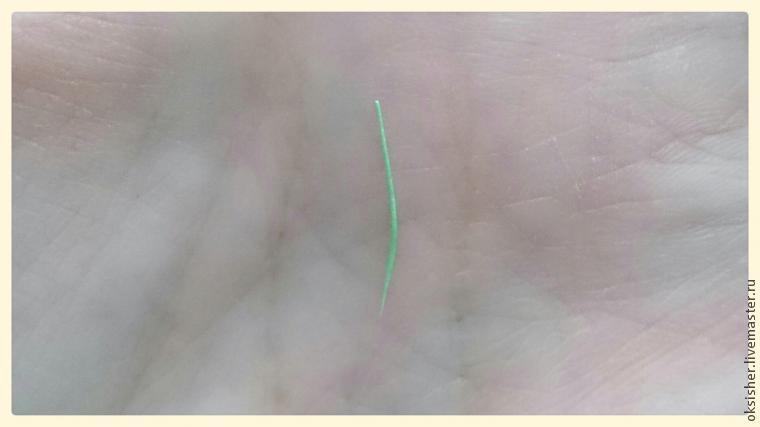 Carefully take the sausage with a needle and using it and are putting our finger on the base of the twig. Use your fingernail to gently press down sausage along its entire length.
Carefully take the sausage with a needle and using it and are putting our finger on the base of the twig. Use your fingernail to gently press down sausage along its entire length.
 In this way, we lay out all the “tree”, looking at the photos.
In this way, we lay out all the “tree”, looking at the photos.
 A small piece of clay slips into the palm of your finger. It is important that the clay was not homogeneous and crumbled! It should look like this.
A small piece of clay slips into the palm of your finger. It is important that the clay was not homogeneous and crumbled! It should look like this. Take the needle and gently put on top of a “tree”, drawing from the middle to the end of the petals groove, thus pinning it to the base.
Take the needle and gently put on top of a “tree”, drawing from the middle to the end of the petals groove, thus pinning it to the base. Further, as we put each petal circle. At the end of the flower gently press down with your finger.
Further, as we put each petal circle. At the end of the flower gently press down with your finger.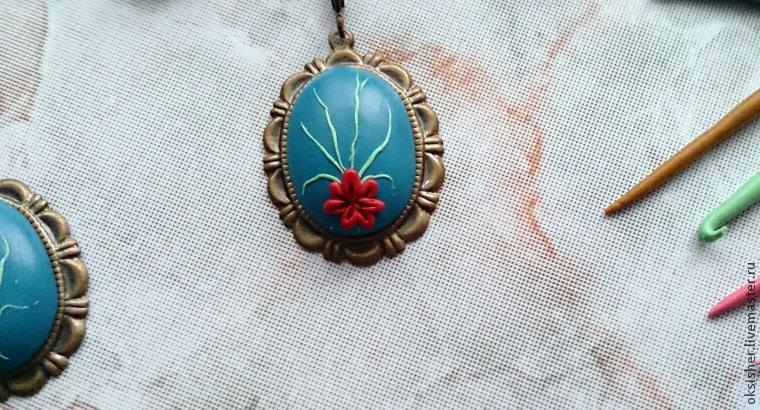 We continue to put the flowers from the bottom up.
We continue to put the flowers from the bottom up.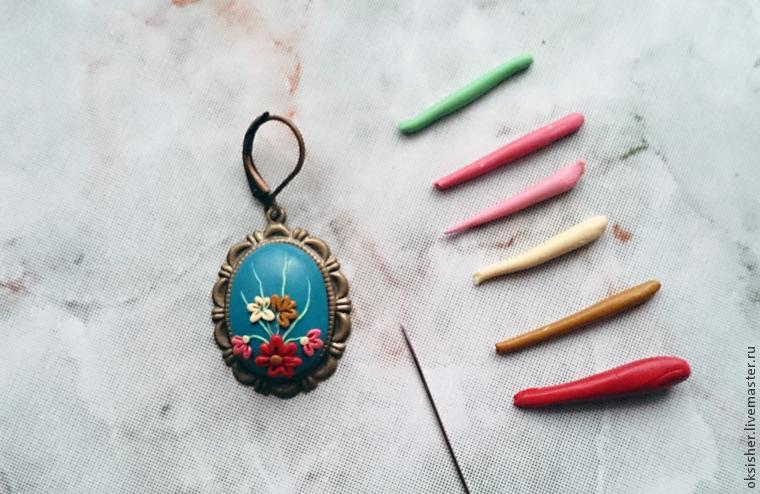 Lower pink flowers we put a dark tint, top pink flower – light. Serdtsevinki flowers do with a small ball of clay and press down gently with your fingernail.
Lower pink flowers we put a dark tint, top pink flower – light. Serdtsevinki flowers do with a small ball of clay and press down gently with your fingernail.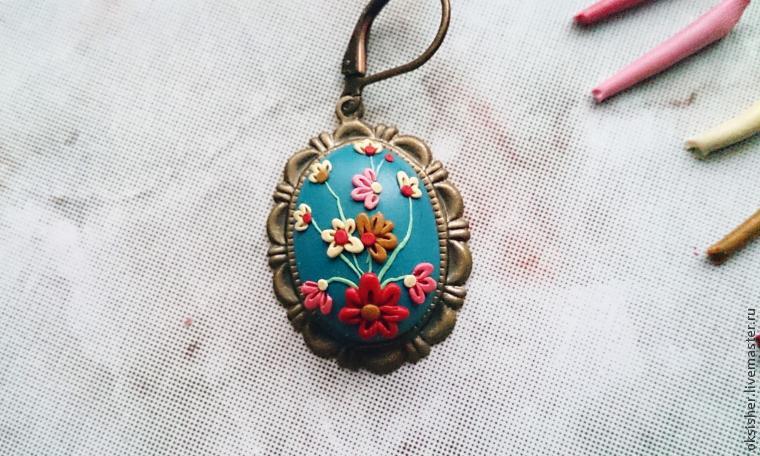 All the flowers in place. The painting looks unfinished. Apply extra petals tinged color light corresponding to each.
All the flowers in place. The painting looks unfinished. Apply extra petals tinged color light corresponding to each. Prior to the full completion of the picture we put the leaves where they are appropriate, and we put the finishing touches in the form of small dots.
Prior to the full completion of the picture we put the leaves where they are appropriate, and we put the finishing touches in the form of small dots.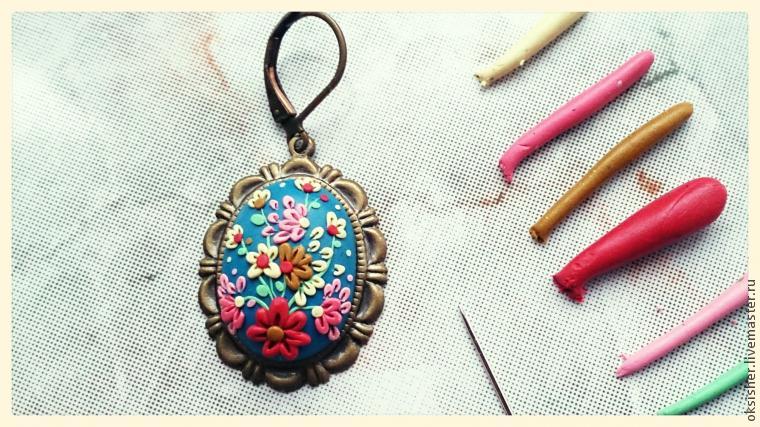 The picture is ready! We perform just as well and the second earring.
The picture is ready! We perform just as well and the second earring.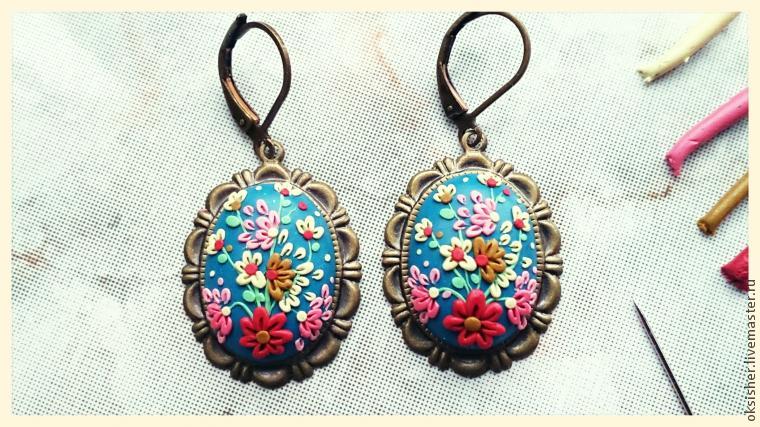
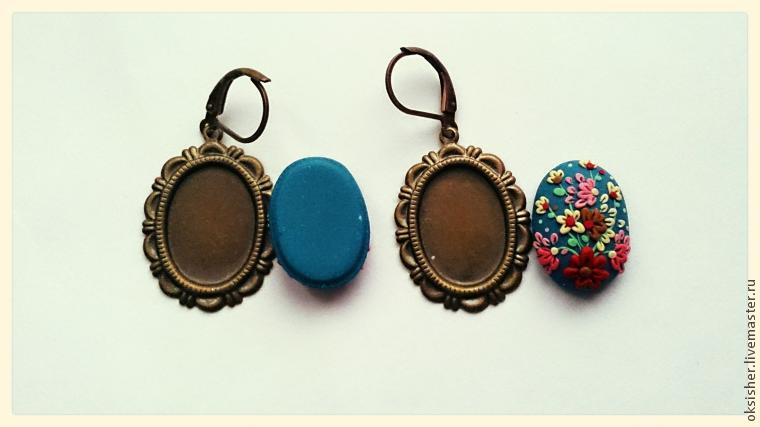 Glue clay to a metal substrate using superglue or gel-adhesive polymer clay. It is important to apply the adhesive in a moderate quantity, so that when you press the glue leaked out.
Glue clay to a metal substrate using superglue or gel-adhesive polymer clay. It is important to apply the adhesive in a moderate quantity, so that when you press the glue leaked out.

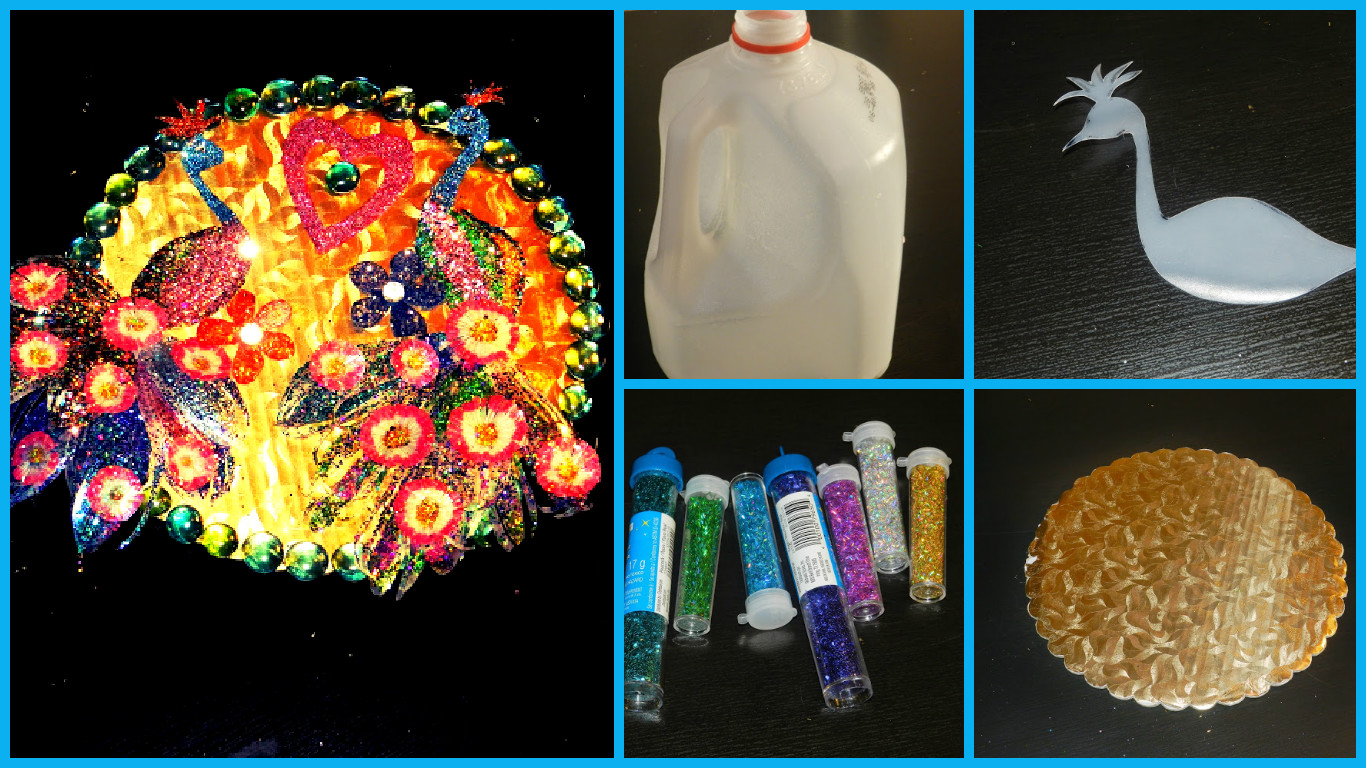





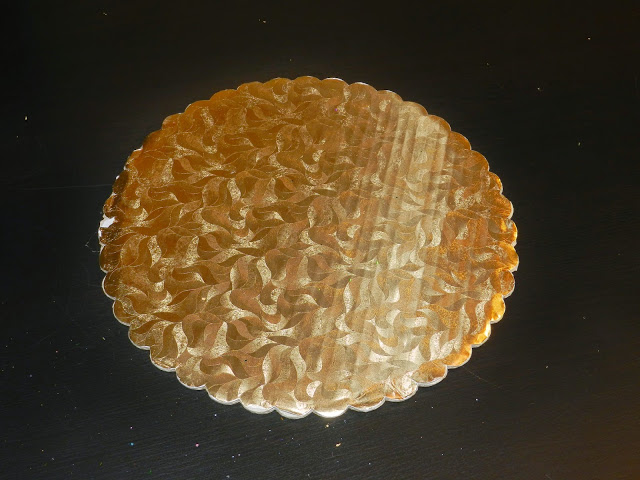
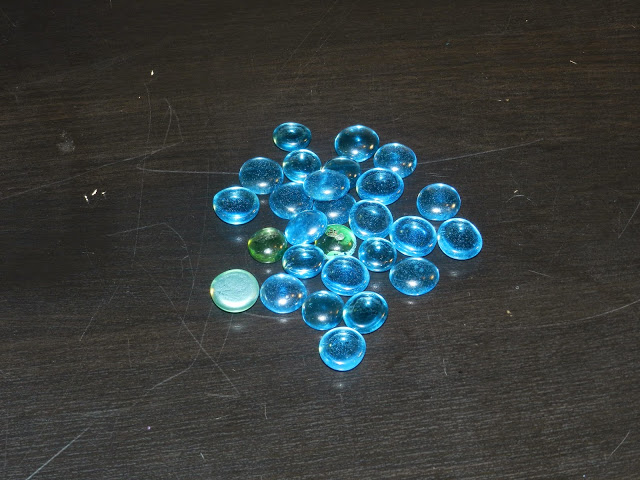
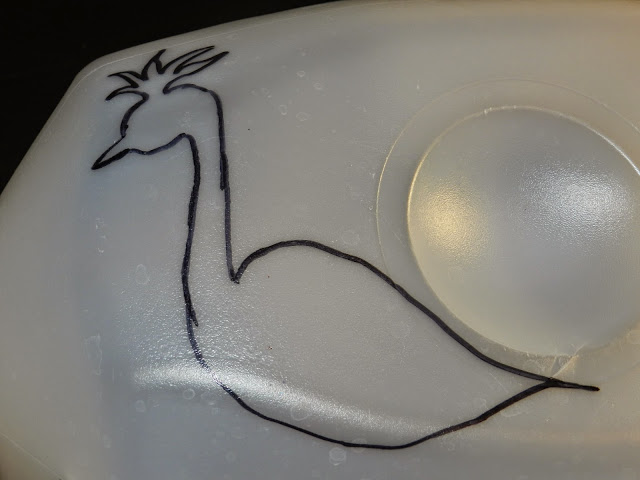



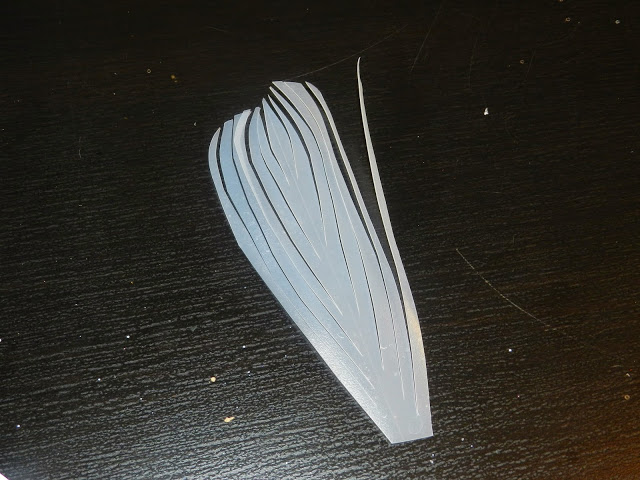


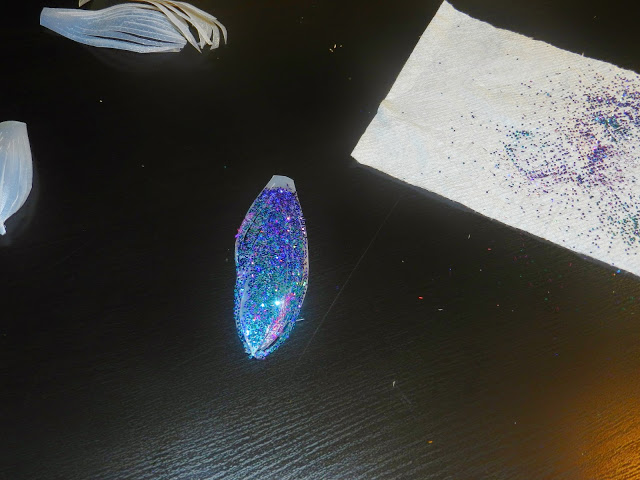
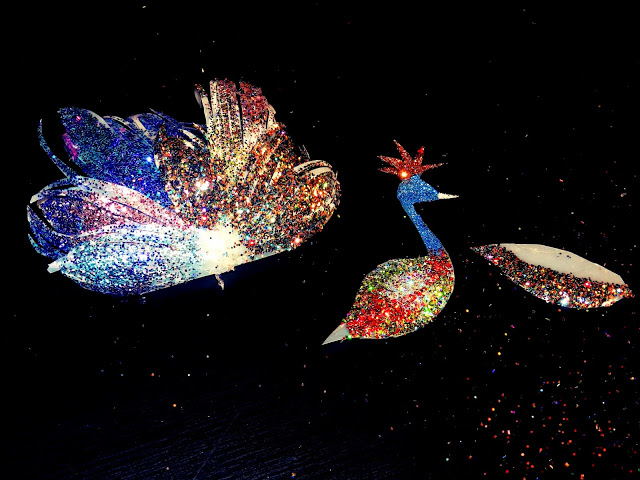
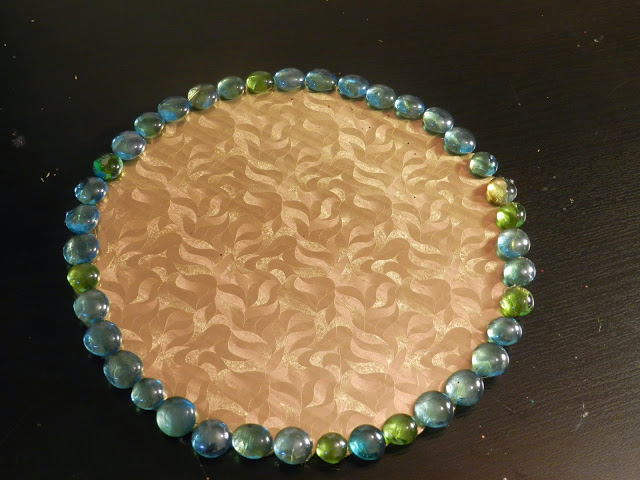

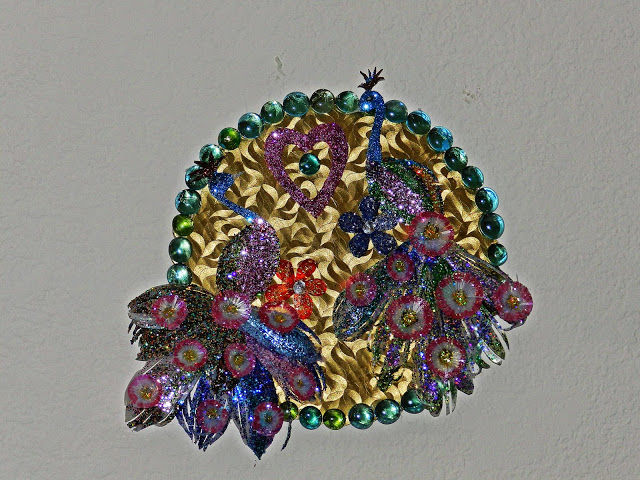
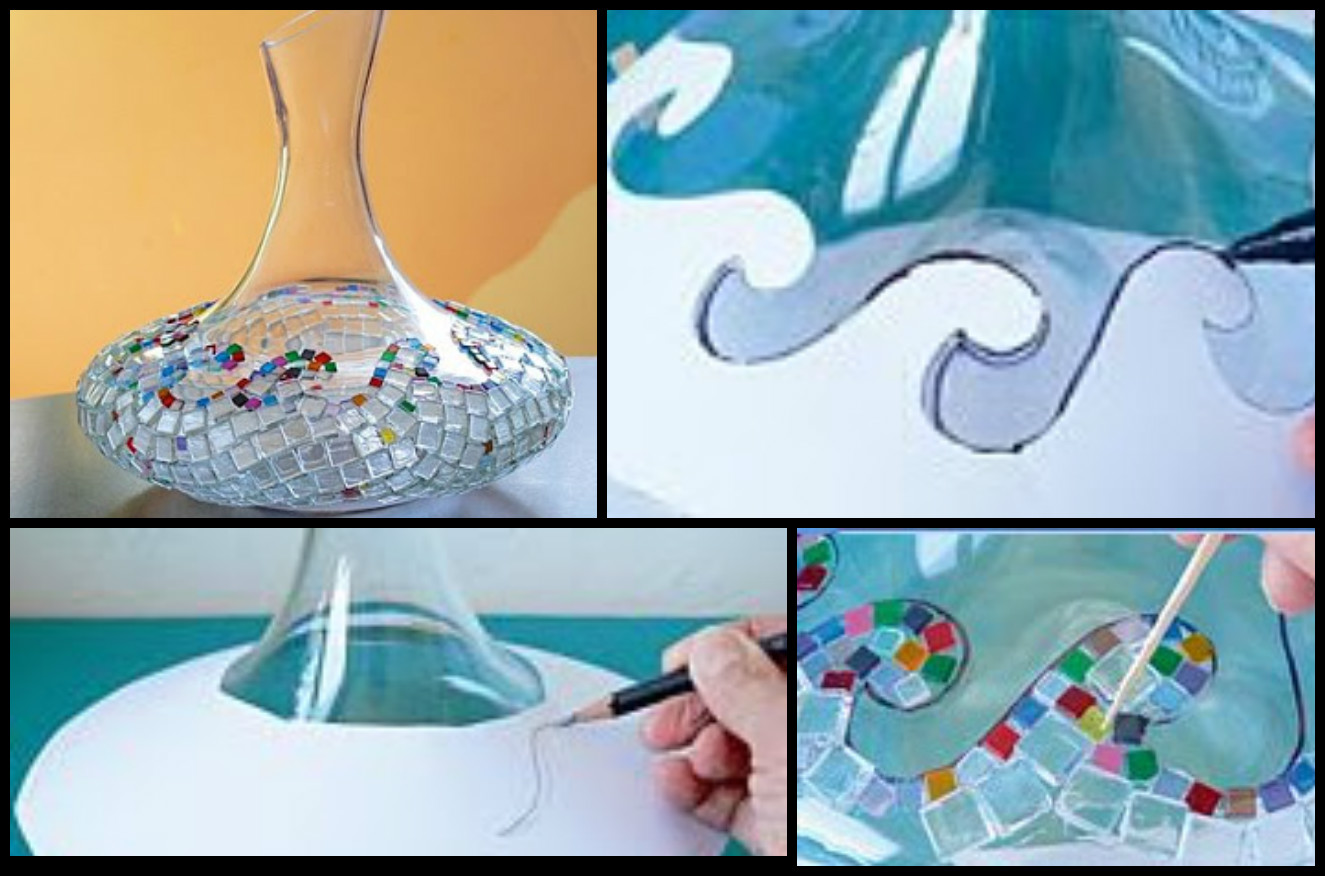

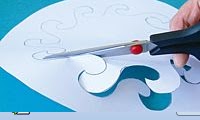
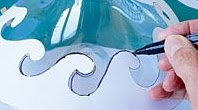


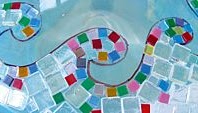
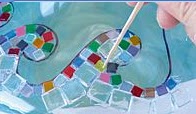
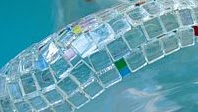

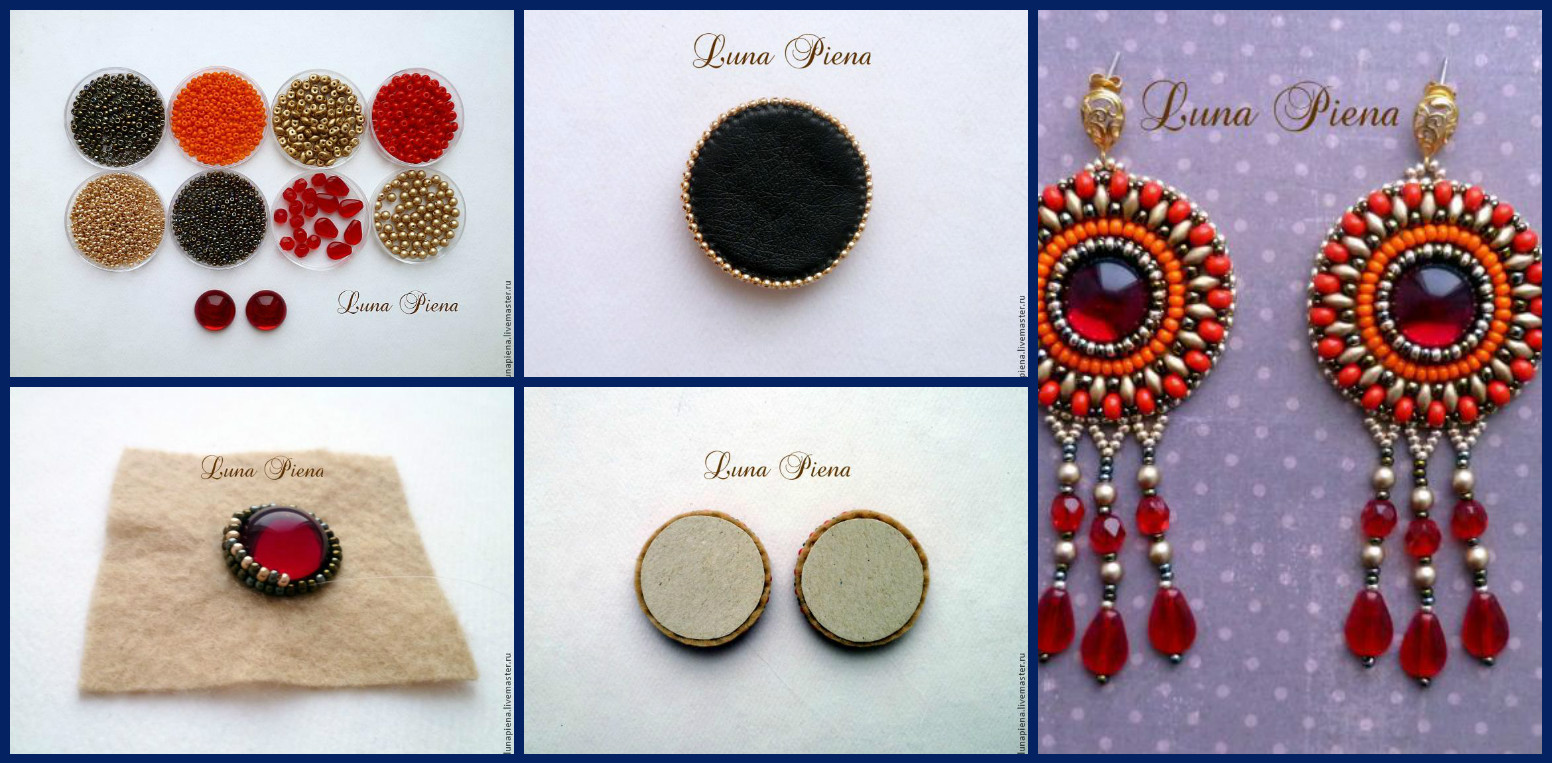
 Getting Started. Glue felt on the glass (I use superglue for glass) and is sheathed in the technique of tapestry weaving. I will not dwell on the description of this technique, The first row of sheathed with brown beads №10
Getting Started. Glue felt on the glass (I use superglue for glass) and is sheathed in the technique of tapestry weaving. I will not dwell on the description of this technique, The first row of sheathed with brown beads №10 Further, alternating, sew beads №10 gold and brown.
Further, alternating, sew beads №10 gold and brown.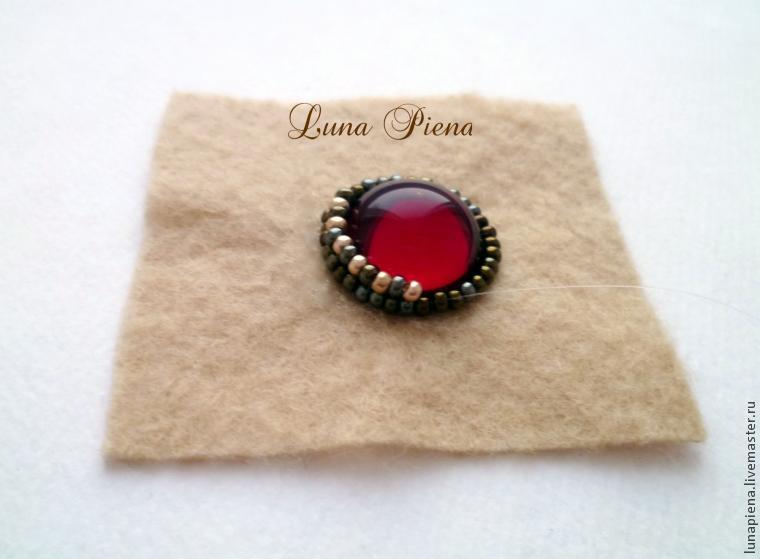
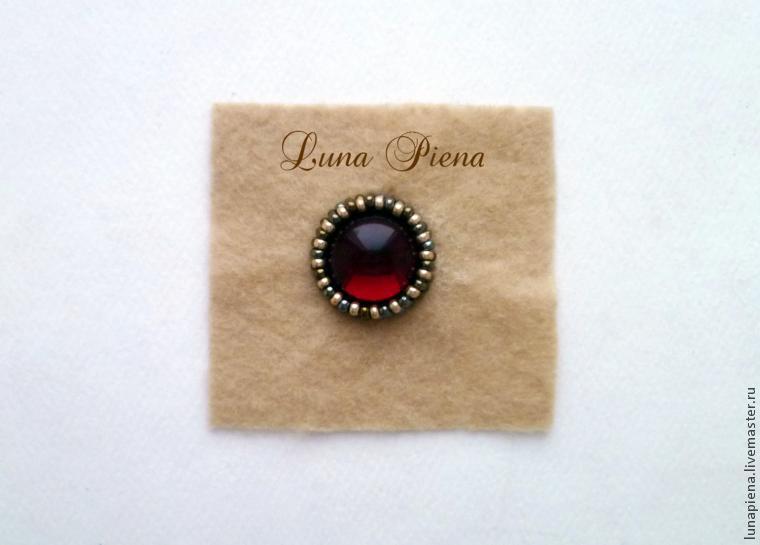 Here is the steering cabochon:
Here is the steering cabochon: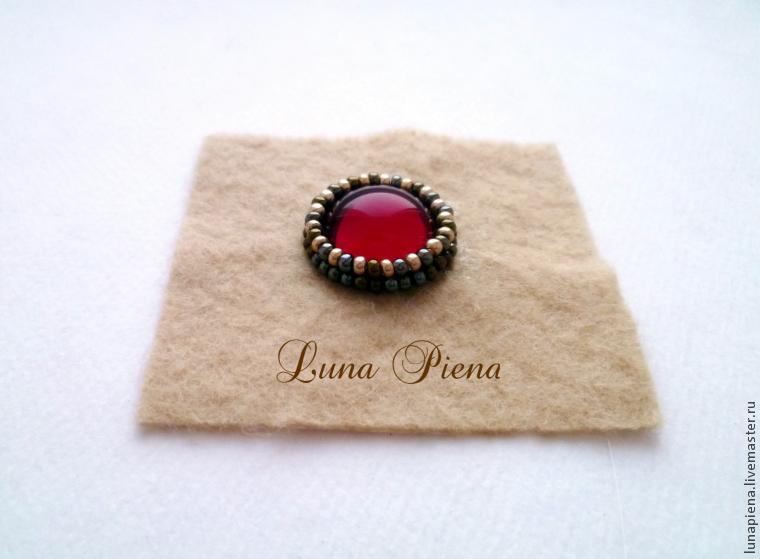 Around cabochon beads sew a number of №9 orange. I advise you to sew on a bead, so it will be smoother
Around cabochon beads sew a number of №9 orange. I advise you to sew on a bead, so it will be smoother We proceed to the beads Superduo. Sew them, alternating with brown beads №8.
We proceed to the beads Superduo. Sew them, alternating with brown beads №8.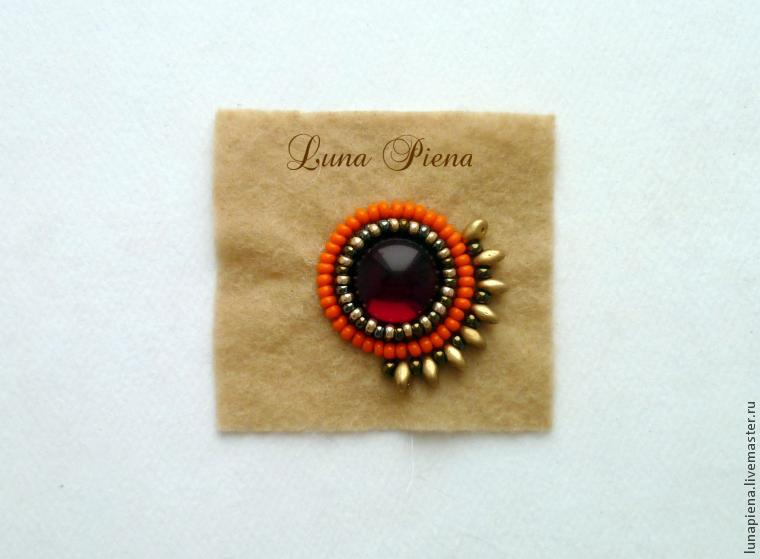
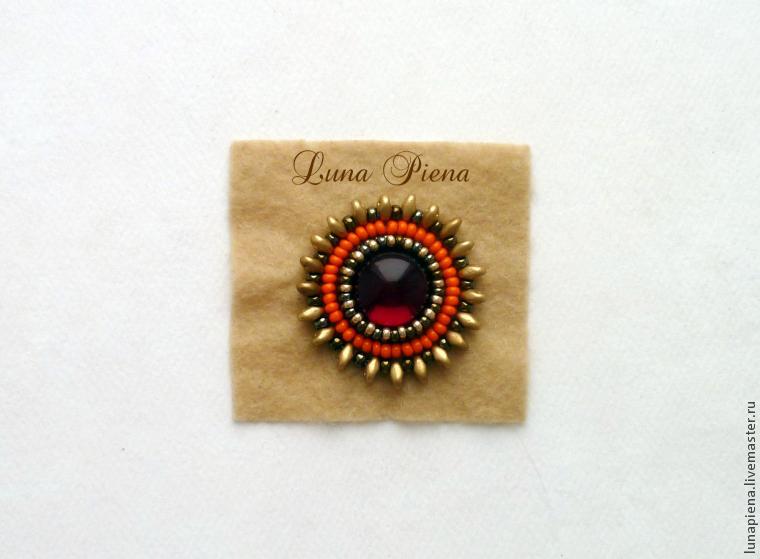 Above brown beads sew red beads №6, passing through the second hole beads Superduo.
Above brown beads sew red beads №6, passing through the second hole beads Superduo.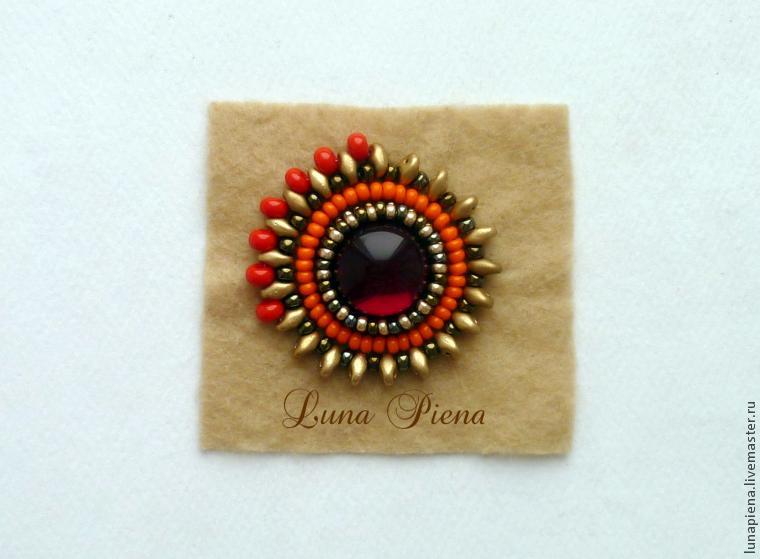 Over Superduo sew beads on the two brown beads №11, passing the needle through the large red beads.
Over Superduo sew beads on the two brown beads №11, passing the needle through the large red beads.
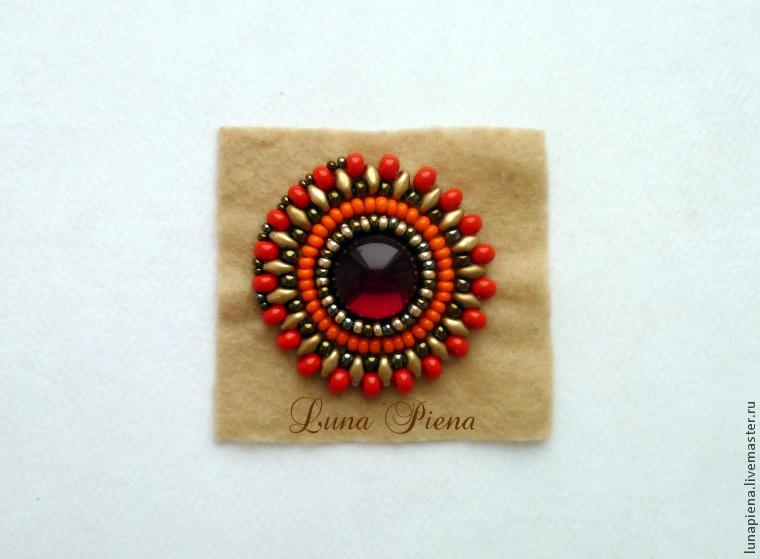
 Cut embroidered items and proceed to the wrong side. I stick to seal cardboard and then glued to the skin.
Cut embroidered items and proceed to the wrong side. I stick to seal cardboard and then glued to the skin.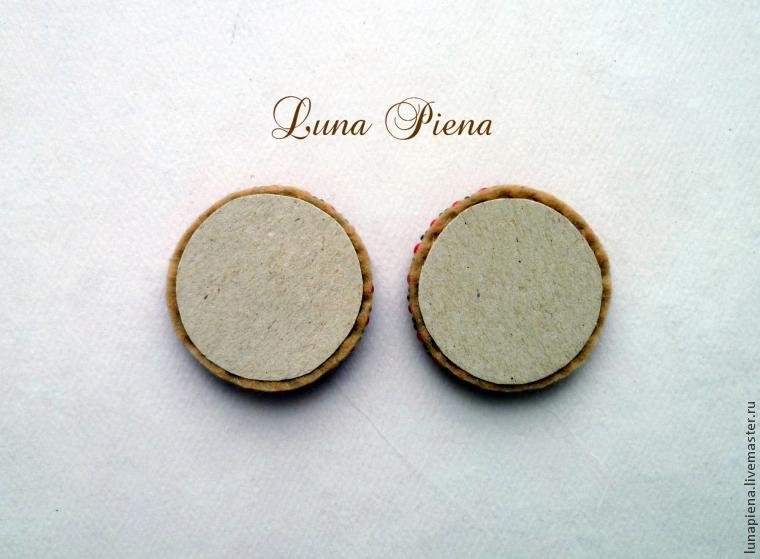 When the product is dry, carefully cut out and proceed to the processing of the edge beads №10 gold. Pass the needle through the beads strung edge products and display the needle from the front.
When the product is dry, carefully cut out and proceed to the processing of the edge beads №10 gold. Pass the needle through the beads strung edge products and display the needle from the front. Tightens and pass the needle under the beads from the bottom-up, so the entire edge sewn products.
Tightens and pass the needle under the beads from the bottom-up, so the entire edge sewn products.
 It looks like the reverse side:
It looks like the reverse side: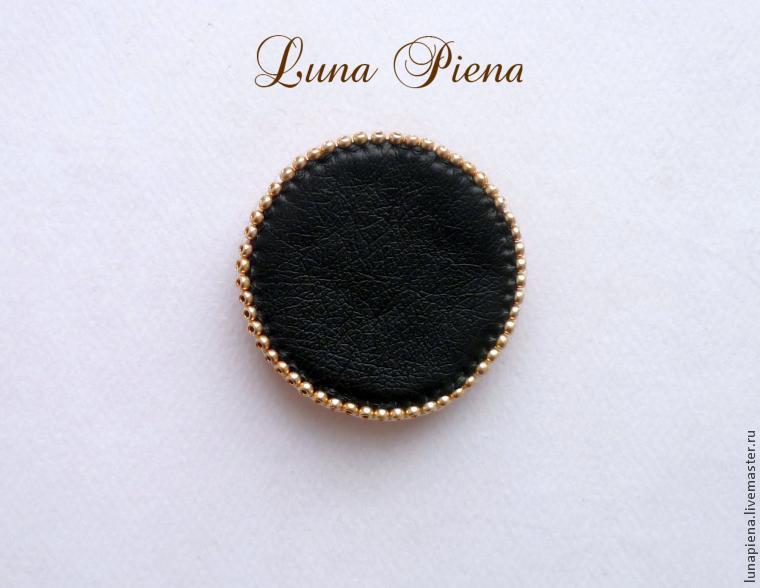 Fasten fastener. Draw the thread through the bead of the treated region. We collect two gold beads, fastener and again two beads. We form a loop and fasten.
Fasten fastener. Draw the thread through the bead of the treated region. We collect two gold beads, fastener and again two beads. We form a loop and fasten.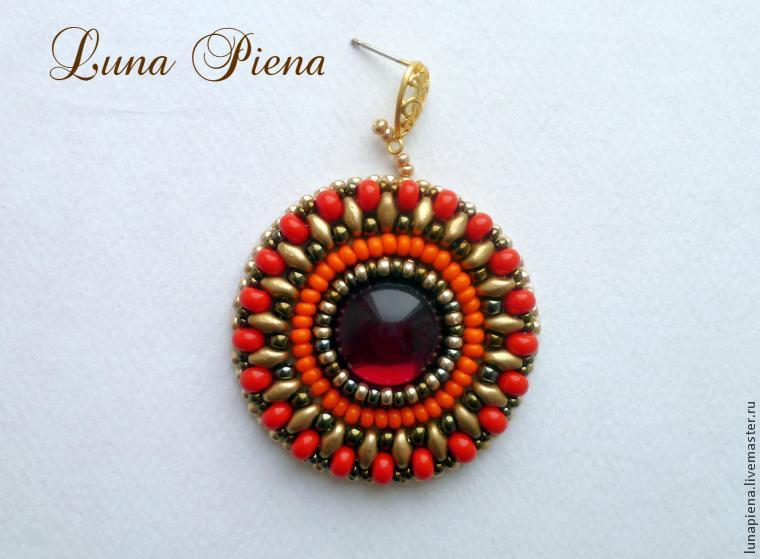
 The second suspension will be slightly longer. Third legalize same way as the first.
The second suspension will be slightly longer. Third legalize same way as the first.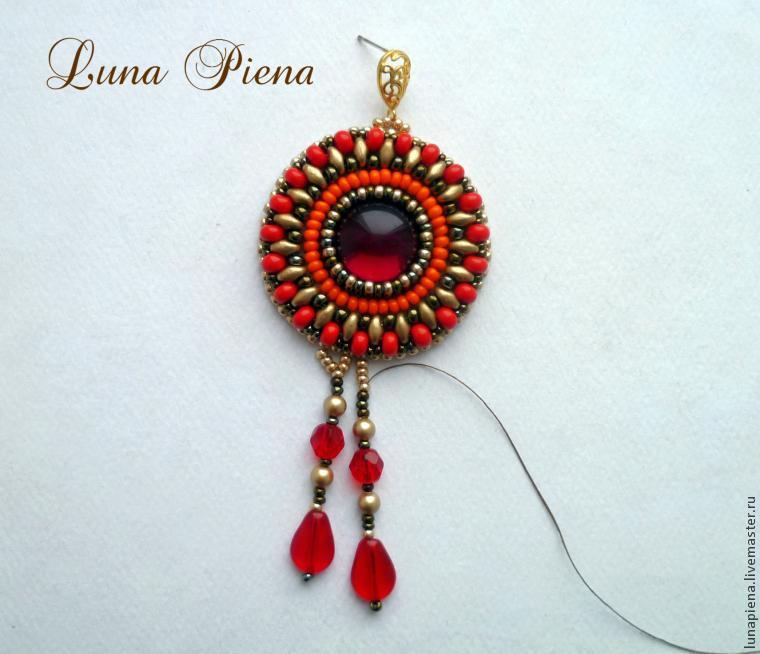 Finished with pendants, fasten thread. Our earrings are ready!
Finished with pendants, fasten thread. Our earrings are ready!

 2. Then uncork pack your clay … it can be a variety of pasta. I have tried many, many, can do a separate review of pasta 🙂 But I will not, until … Well, take the pasta and make a cake thickness of 0.5 cm – much as possible, but thinner is not particularly recommended the paste dries crack.
2. Then uncork pack your clay … it can be a variety of pasta. I have tried many, many, can do a separate review of pasta 🙂 But I will not, until … Well, take the pasta and make a cake thickness of 0.5 cm – much as possible, but thinner is not particularly recommended the paste dries crack. 3. Roll out the cake bottle with a rolling pin.
3. Roll out the cake bottle with a rolling pin. 4. Then this bottle tortilla wrap.5. Excess tear off, cut and crush fingers, and then Roll the little bottle with the paste.
4. Then this bottle tortilla wrap.5. Excess tear off, cut and crush fingers, and then Roll the little bottle with the paste.
 6. Then take the cap off the bottle, it will we do windows
6. Then take the cap off the bottle, it will we do windows 7. After forcing necessary to remove the paste – to dig, so to speak. How you do it does not matter, I do it with a palette knife.
7. After forcing necessary to remove the paste – to dig, so to speak. How you do it does not matter, I do it with a palette knife.
 8. Next, cut out the door. Well, the rest of the windows, and we get just such a thing:
8. Next, cut out the door. Well, the rest of the windows, and we get just such a thing: 9. The door, which cut not throw out. Her I decorate separately. You can do it in a different way, but directly in this bottle, I’m doing it!
9. The door, which cut not throw out. Her I decorate separately. You can do it in a different way, but directly in this bottle, I’m doing it! There is at my such things, they are not required, but doing the workplaces easier and more fun 🙂 Here I do not have photos, I laminated places the bottle on a blue plaque with floral ornament, and here was such a texture on the bottle itself. This time, I forgot to take pictures!
There is at my such things, they are not required, but doing the workplaces easier and more fun 🙂 Here I do not have photos, I laminated places the bottle on a blue plaque with floral ornament, and here was such a texture on the bottle itself. This time, I forgot to take pictures! 10. Then, my house shall be a roof. Her I do, forming a thick sausage and wrapped around the neck. Crush with your fingers, get the “mushroom hat”.
10. Then, my house shall be a roof. Her I do, forming a thick sausage and wrapped around the neck. Crush with your fingers, get the “mushroom hat”. Hold your fingers, crush hat and bottom.
Hold your fingers, crush hat and bottom. 11. Then, take the tool, I have this tool on a tree, but I think that any angled do the task just as well. And start doing the roof. I will not describe, look at photos, I think it is clear that if the inquiry.
11. Then, take the tool, I have this tool on a tree, but I think that any angled do the task just as well. And start doing the roof. I will not describe, look at photos, I think it is clear that if the inquiry.


 Chop a long stick on the beam, it is desirable that they were approximately equal, and stuck on the roof.
Chop a long stick on the beam, it is desirable that they were approximately equal, and stuck on the roof.

 16. Excess adhesive remove. A further view, where there is a crack.
16. Excess adhesive remove. A further view, where there is a crack.


 We get an absolutely black bottle!
We get an absolutely black bottle! 19. We continue to paint. Now I take just such a green acrylic. Acrylic dries quickly. While I paint, it dries on the brush, and not to run into the bathroom and wash the brush without end, leave them to soak in a jar of water, and the very next take the brush. So, the green paint. Solid is not painted, in some places, and it turns out:
19. We continue to paint. Now I take just such a green acrylic. Acrylic dries quickly. While I paint, it dries on the brush, and not to run into the bathroom and wash the brush without end, leave them to soak in a jar of water, and the very next take the brush. So, the green paint. Solid is not painted, in some places, and it turns out: 20. Then I put or render a surface, without rubbing white primer.
20. Then I put or render a surface, without rubbing white primer. 21. Coloring roof. They are red, you may have a different color.
21. Coloring roof. They are red, you may have a different color.
 22. Then take the bronze and thinly bronze acrylic, so that the apparent texture of the bottle. Excess paint on the brush palette and rented on any unnecessary piece of paper.
22. Then take the bronze and thinly bronze acrylic, so that the apparent texture of the bottle. Excess paint on the brush palette and rented on any unnecessary piece of paper. 23. Now remember that the pipes in the house no. Ah … it is necessary to fix it! Bottle drying, lipid pipe. In a similar manner as a bottle. Just expand on masonry.
23. Now remember that the pipes in the house no. Ah … it is necessary to fix it! Bottle drying, lipid pipe. In a similar manner as a bottle. Just expand on masonry. 24. Then, take an old toothbrush and attach the texture of bricks … Well, can not they be smooth in our old fairy house!
24. Then, take an old toothbrush and attach the texture of bricks … Well, can not they be smooth in our old fairy house!
 Then try on pipe-stopper on the bottle and change in its sole discretion. I, for example, wanted her little “grimaced.” I have so much fun. It turns out this way.
Then try on pipe-stopper on the bottle and change in its sole discretion. I, for example, wanted her little “grimaced.” I have so much fun. It turns out this way. 25. Now take my favorite bitumen varnish. When I opened it the first time, he turns up his nose, saying that stinking of varnish is not met. And now nothing at all to me, and it does not smell that strange 🙂
25. Now take my favorite bitumen varnish. When I opened it the first time, he turns up his nose, saying that stinking of varnish is not met. And now nothing at all to me, and it does not smell that strange 🙂 26. I start from the top down, that is, from the roof. I put or render a varnish, and then take off the excess with a cloth, lightly feathered at the same time!
26. I start from the top down, that is, from the roof. I put or render a varnish, and then take off the excess with a cloth, lightly feathered at the same time!



 The varnish I take the tree. Look, I specially photographed icons in the lacquer. This paint does not smell. It’s important for me.
The varnish I take the tree. Look, I specially photographed icons in the lacquer. This paint does not smell. It’s important for me. 35. After drying varnish I stick to the leaf mounting adhesive. It keeps well and becomes transparent when dry. And best of all – an assessment of the result!
35. After drying varnish I stick to the leaf mounting adhesive. It keeps well and becomes transparent when dry. And best of all – an assessment of the result! 
 And as the light of the windows, when viewed against the light.
And as the light of the windows, when viewed against the light. I think if you are in trouble with the electronics, it is possible to come up with a small battery-powered light bulb, then the house will be light. And so, quite a functional bottle turned out. It is possible to pour something, well, a tube or roll a note 🙂
I think if you are in trouble with the electronics, it is possible to come up with a small battery-powered light bulb, then the house will be light. And so, quite a functional bottle turned out. It is possible to pour something, well, a tube or roll a note 🙂